The Teleportation Device
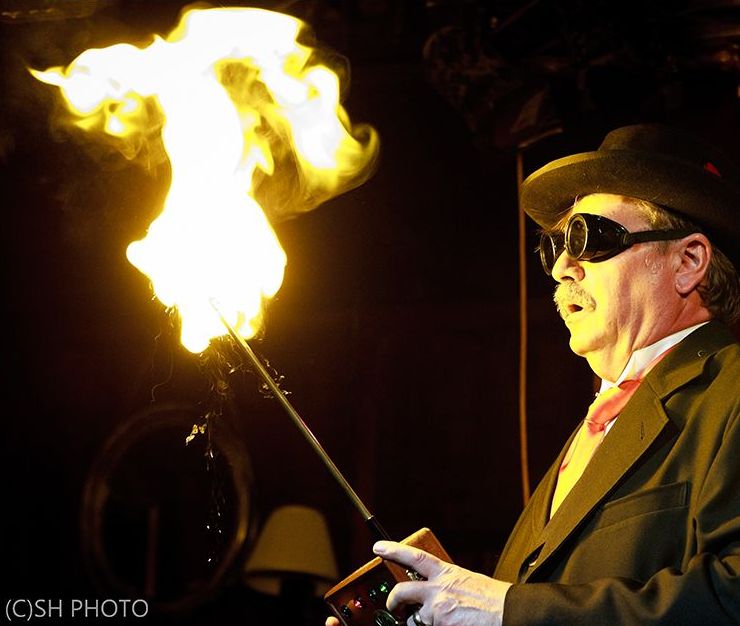
My routine for the Bill in Lemon is called the Teleportation Device.
I first came up with the concept in the early Eighties:
The idea began when I was reading Wilfred Johnson’s Magic Tricks and Card Tricks. There was a routine described where the magician borrowed from the audience a dollar bill, had it signed and then made it disappear.
At that point he asked to “borrow” a raw egg from anyone in the house. A gentleman on the first row stood up and reached into his pocket and matter of factly drew out a fresh egg and handed it to the magician.
The magician then cracked the egg with a spoon and using tweezers pulled out the soggy signed dollar.
I loved the joke, and it sold me on the routine. But by the time the routine was fully developed, the joke was left on the cutting room floor.
I wanted to find a way to make the bill disappear that was more magical and flashy. So I decided to vanish the bill in flash paper.
I wanted to make the necessary moves as open and fair looking as possible, so I thought to stick the flash paper ball to the top of an office receipt spindle — just a wooden platform with a long needle-like spike sticking out from it. That way I could fold the bill into the flashpaper and set it on the point of the spindle, and pull both my hands away obviously empty.
Then it struck me that I could make the flash paper go off by itself or to a magic command by putting batteries and electronics in the base.
At that point, the whole device was beginning to take shape in my mind, and it looked a lot like a radio control for a model plane. That is when the idea for a “teleportation device” hit me.
The routine came together quickly after that.
Originally the device was a plastic experimenter box from Radio Shack as in the first video. It had a Fifties science fiction look. I first put these out for the magic market in 1994 with boxes made by Michael Forbes. Later I put out a similar box for Hocus Pocus Magic. Those were made by Dexter.
Once I became Pop, I needed a more 19th Century look for the device. That added a steampunk element that I really liked, and suggested the use of the goggles.
I finally decided to put an instructional video out for magicians that explained the routine and device and let people make their own Teleportation Device.
The Teleportation Device Video
I was amazed at all the creativity that resulted.
People made devices that suited their character and backstory, and came up with some amazing designs. Here are a few of them:
The main difficulty in moving my routine into the Pop Haydn character was the backstory. I had originally designed Pop Haydn as a 19th Century con man who did mostly gambling and sure thing cons like the shell game, three card monte, and fast and loose. The character was so popular, I decided to use it for my regular magic show — linking rings, cut and restored rope, etc.
Why would a gambler do these things? I changed the backstory so that the character had been running saloons for Soapy Smith in Skagway during the Gold Rush and got the show business bug. He learned some magic and other things, and after the Gold Rush, got into presenting medicine shows.
Still, the T-device didn’t seem to fit in. So I decided that Pop would head back to Colorado in 1898 after the Gold Rush and meet Tesla, who had by then set up a laboratory in Colorado Springs. Many famous people came to visit this laboratory including Mark Twain.
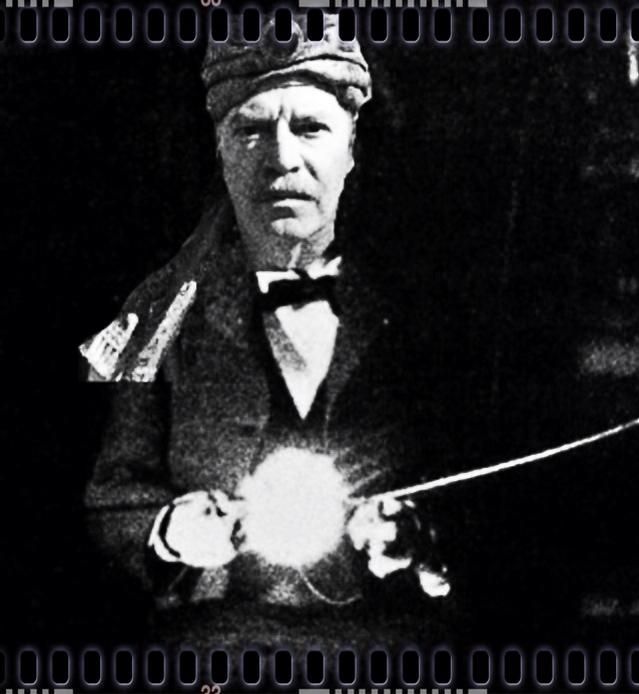
Pop found out that this genius was not the greatest poker player, and so decided to become his friend. In the process he learned a lot about high-pressure electricity and shared his ideas with Tesla about the possible medicinal effects of radio-magnetism.
None of this backstory is shared with the audience during the performance, but it guides and explains the performance of the character.
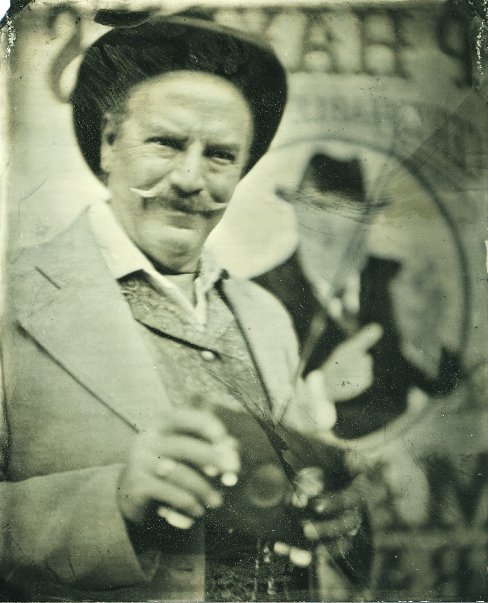
It gives a sense to the audience that everything fits together somehow. They sense that there is a backstory, even if they aren’t sure what it is.
I guess the point of all this is that as artists we are free to change and enlarge our backstory to suit the magic that we want to do.
We shouldn’t let the character control the magic we want to do. The character is supposed to serve the magic, not the other way around. We don’t have to limit our character by our first thoughts and prejudices. There are ways to adapt the character or backstory to the magic that we want to do. Creating a character who is interesting, eccentric and surprising actually helps create a sense of its own reality.
Many times I have heard performers say, “My character is a gambler so he wouldn’t do magic tricks.” This limits the performance. Besides, gamblers actually did do magic tricks.
Erdnase was a gambler who did magic, as was Soapy Smith. It isn’t hard to find a reason why your character might be different than the stereotypes the audience might have. This is what creates the most interesting characters.
Magic when it is used to create special effects for a story–narrative theater–must be constrained and sometimes emasculated to serve the story. The magic in the story must not take the audience out of their imaginary participation in the story.
If the magic is too strong, it can make the audience lose focus on the narrative and start wondering “how did they do that?” If the guillotine in Tale of Two Cities is too convincing, the audience will be concerned, “Is the actor okay?” — taking them out of the story and back into their theater seats.
In narrative theater, the magic must serve the story.
Theater and character in a magic show, on the other hand, is meant to serve the magic — too much story and the spectators lose track of the argument for the trick. The character needs to be riveting and interesting in order to hold attention, but not so funny or scary as to detract from the magic effect.
In the presentation of Our Magic, Theater and character serve the magic.
Posted on May 10, 2019, in Uncategorized. Bookmark the permalink. 1 Comment.
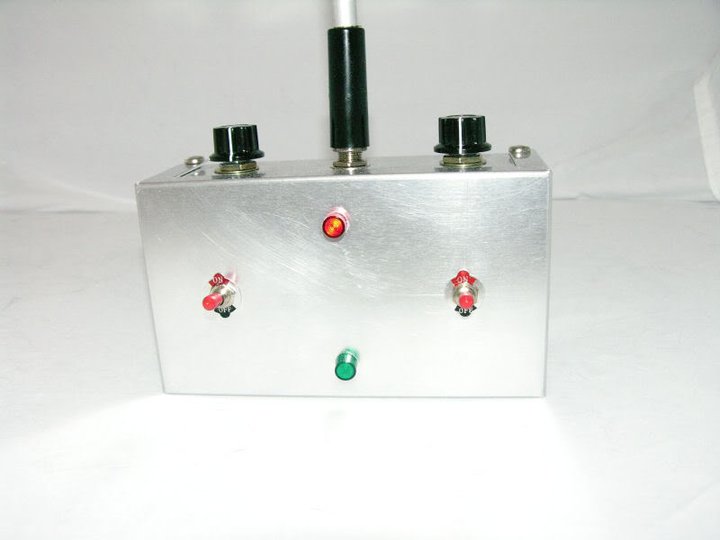
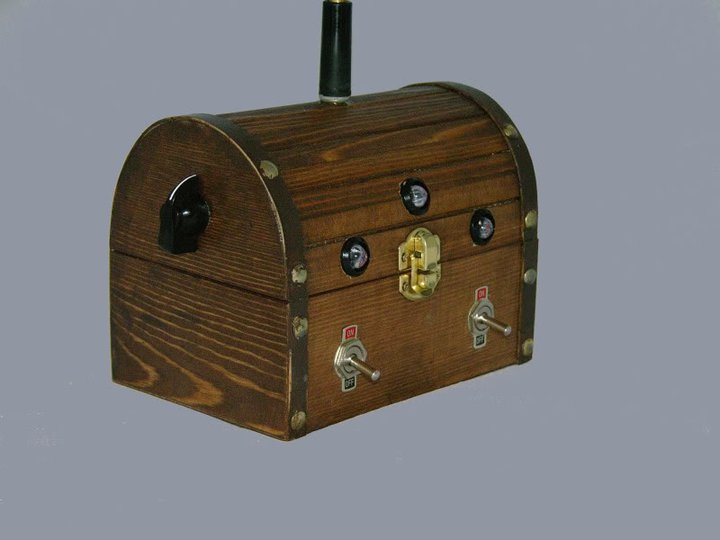
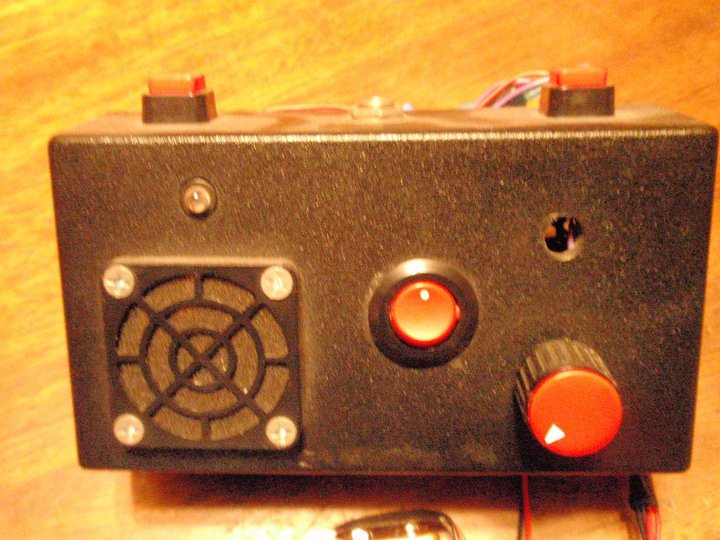
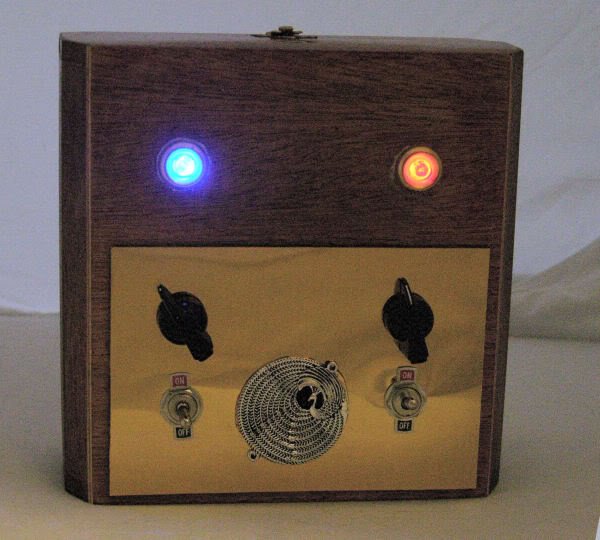
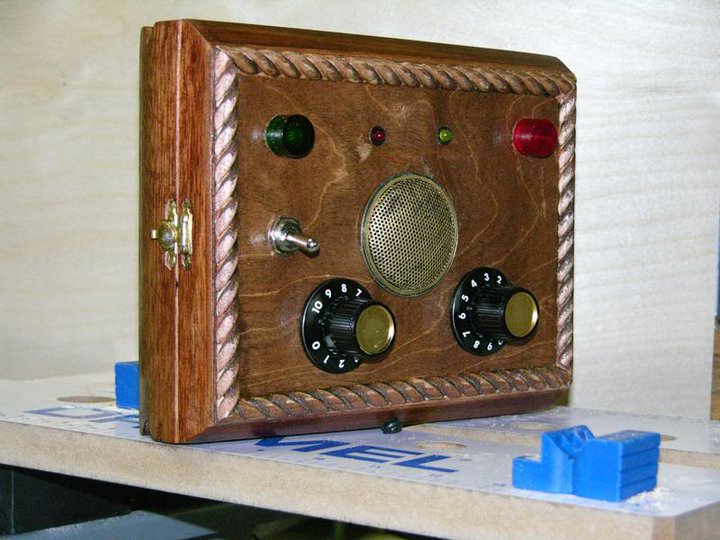
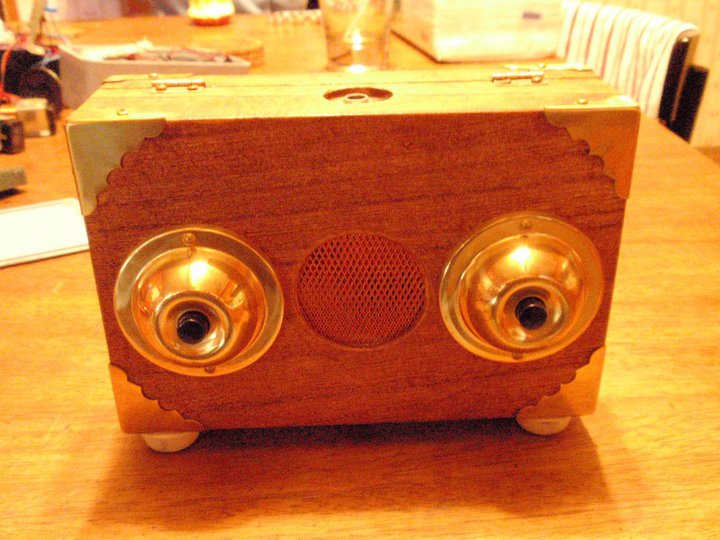
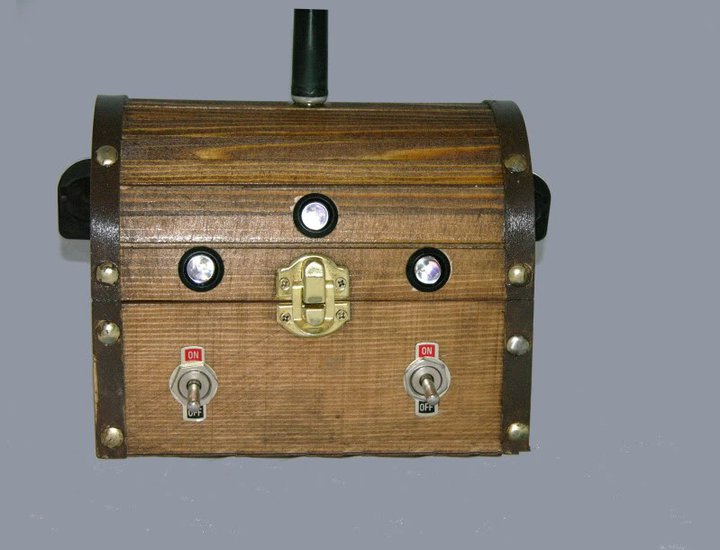
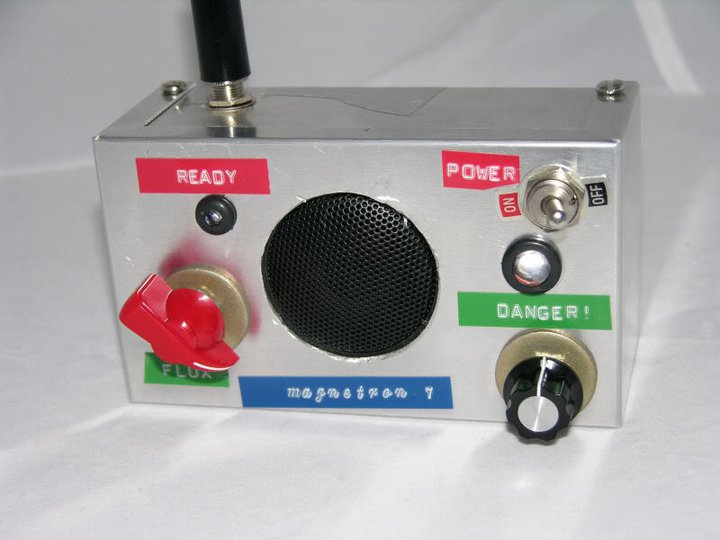
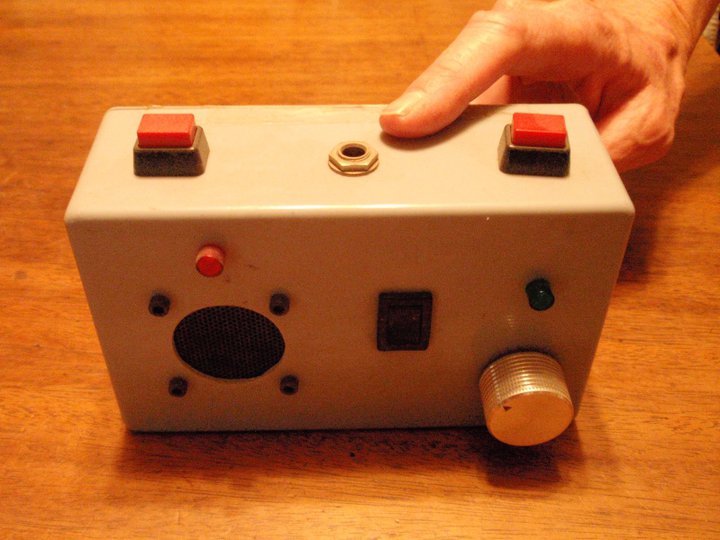
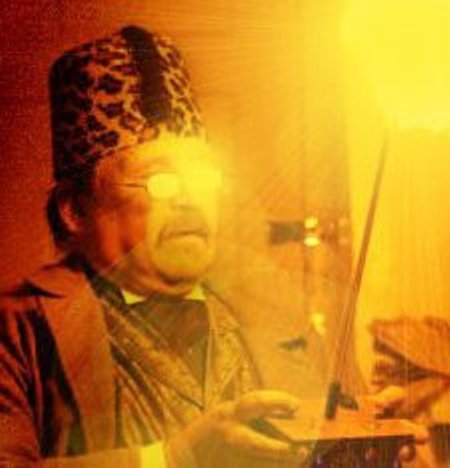
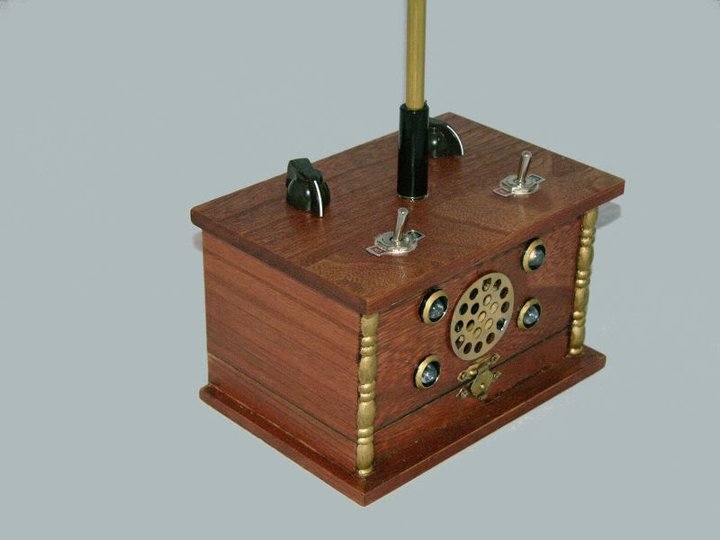
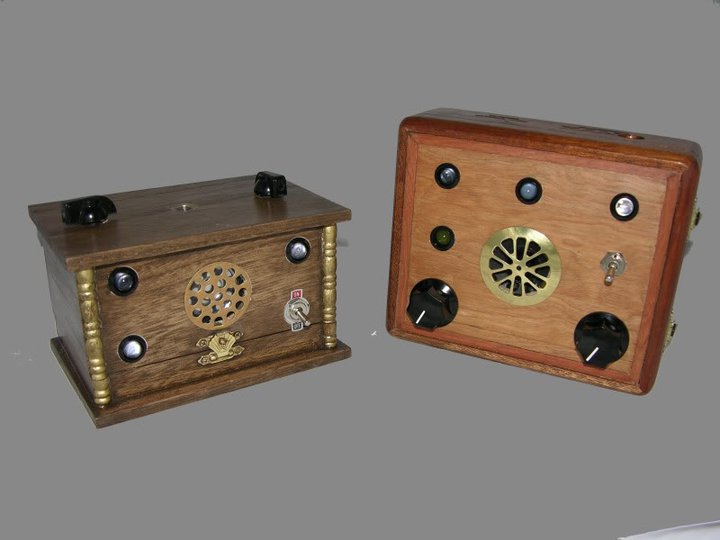
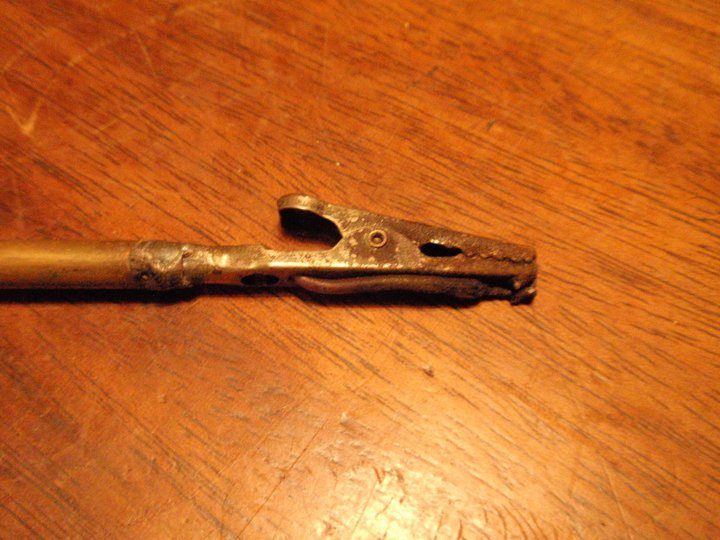
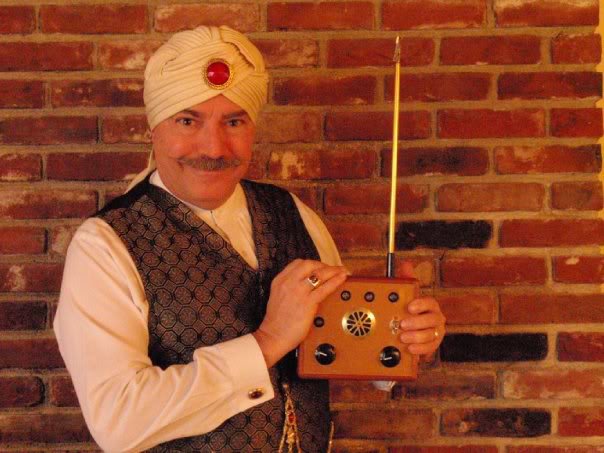
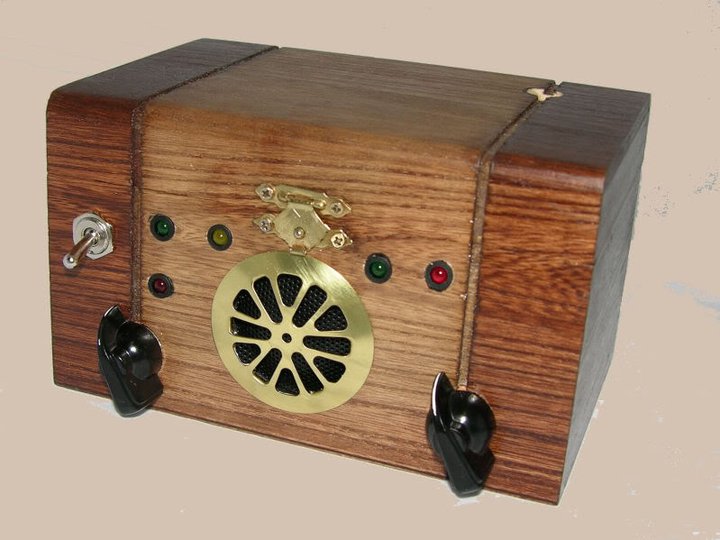
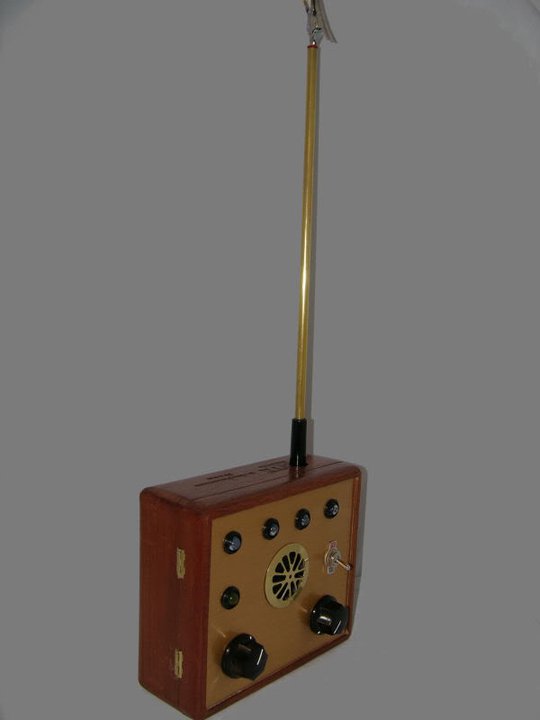
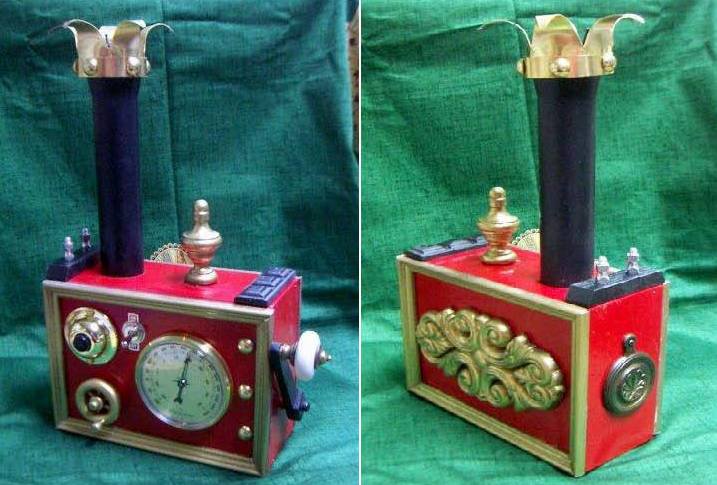
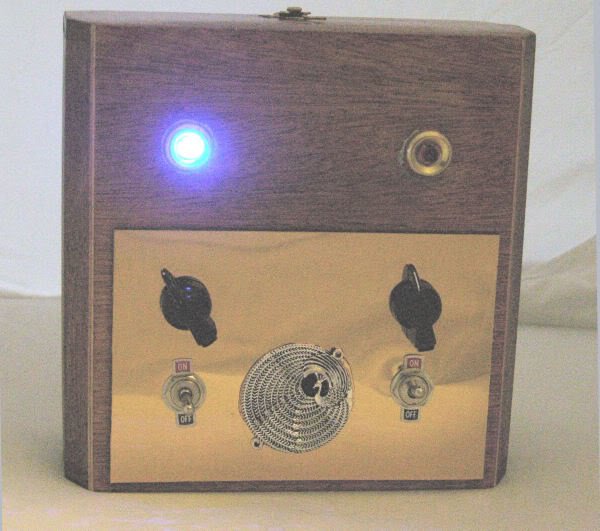
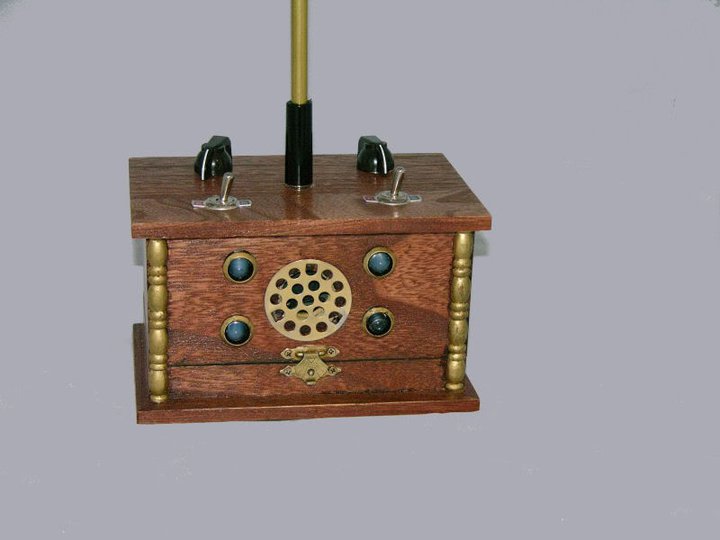
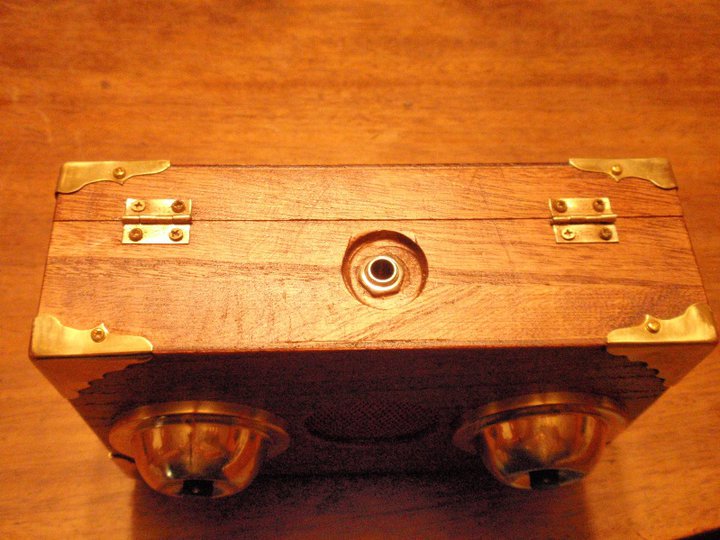
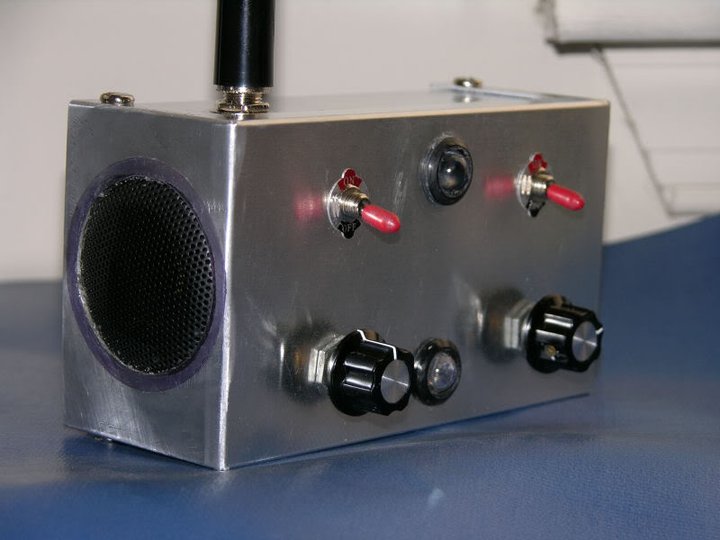
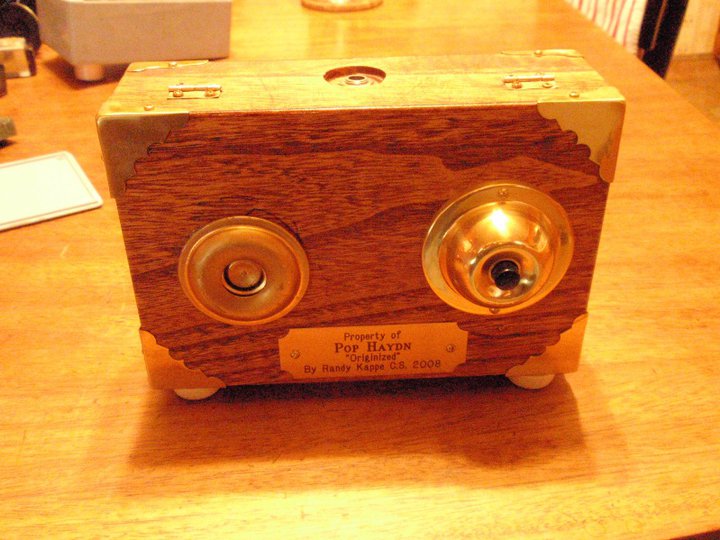
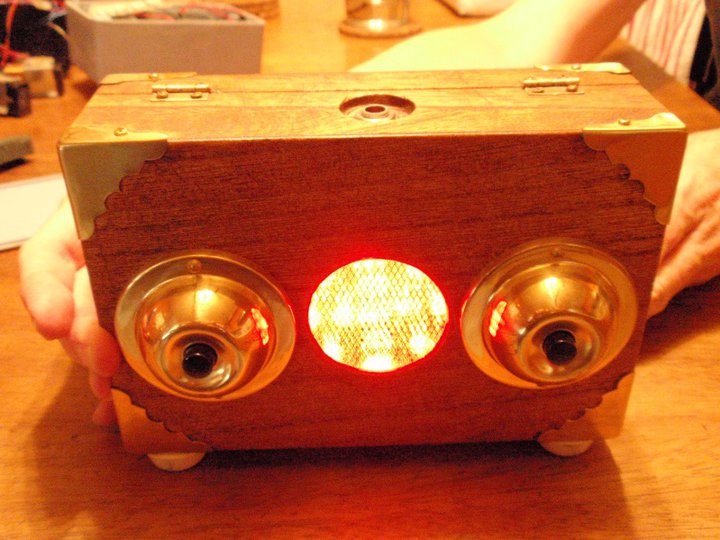
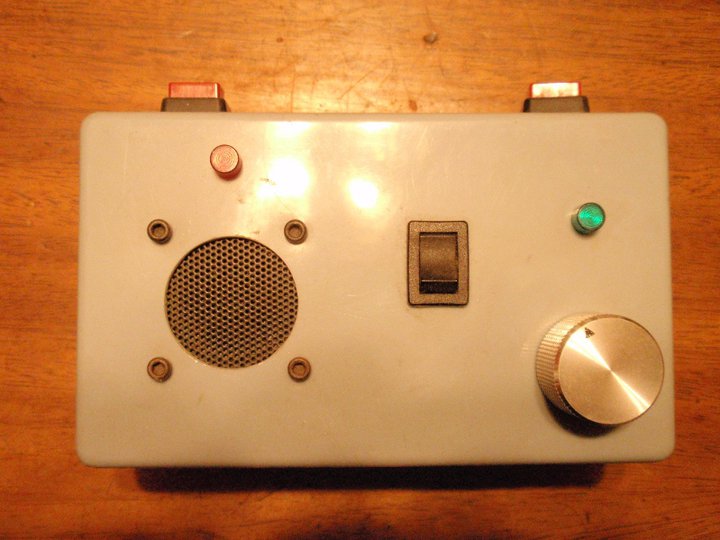
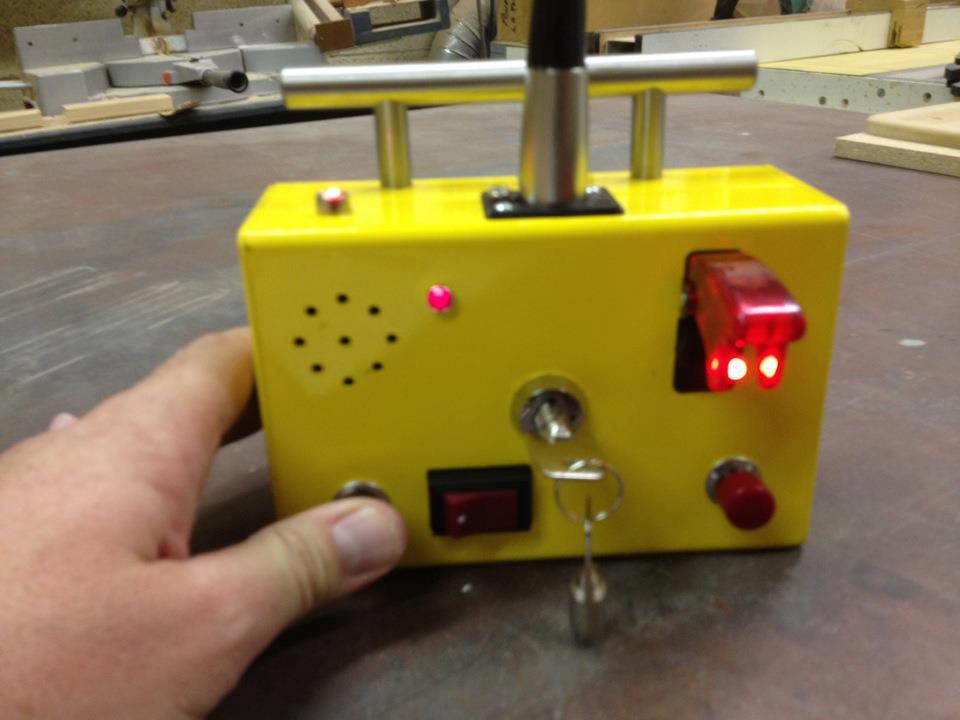
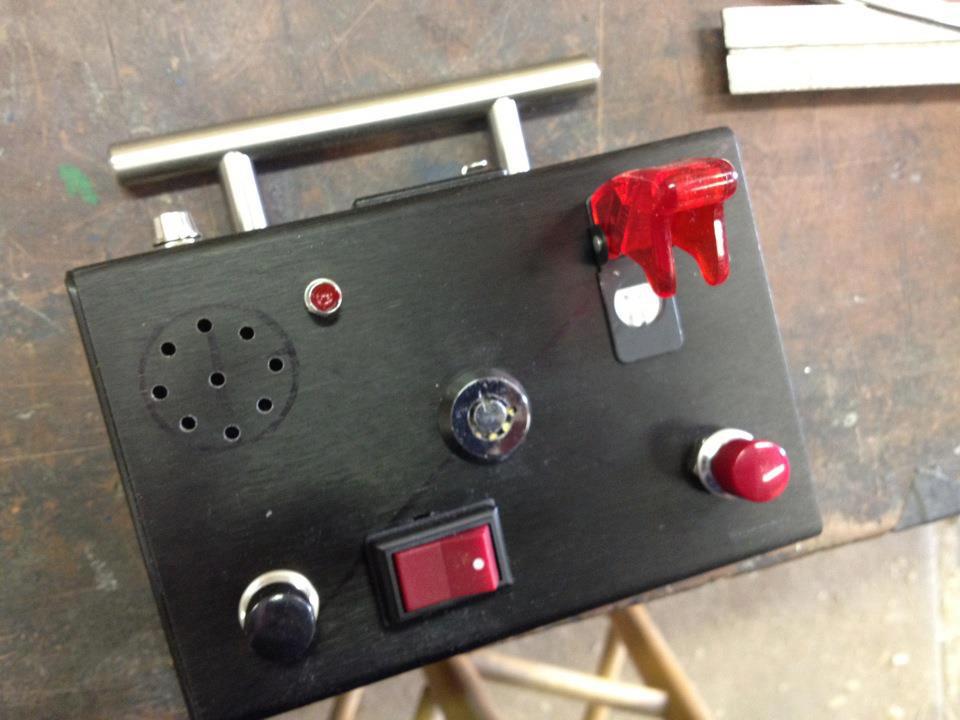
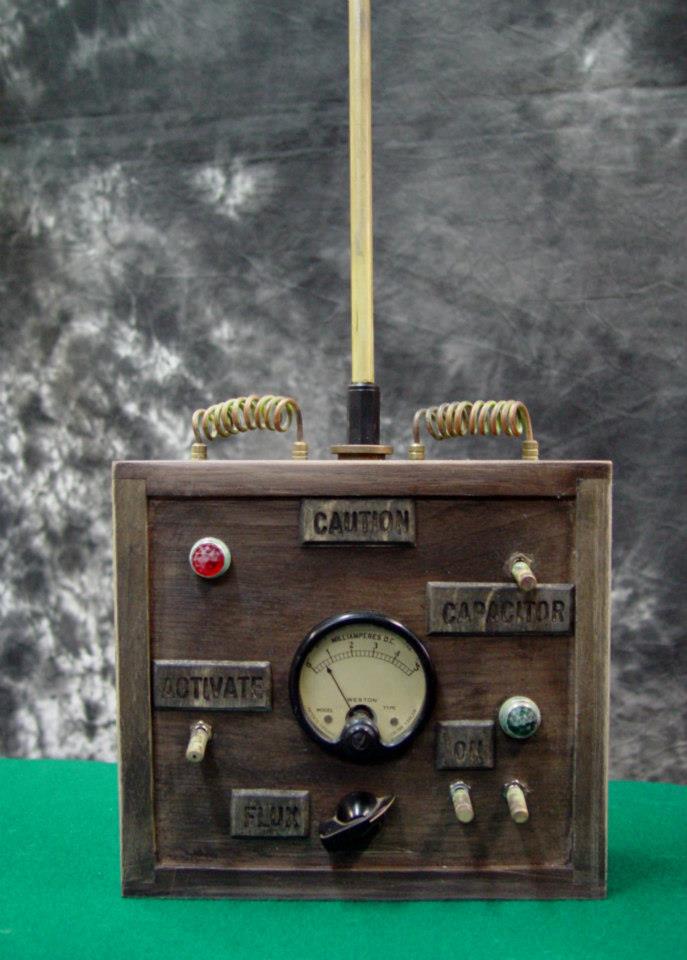
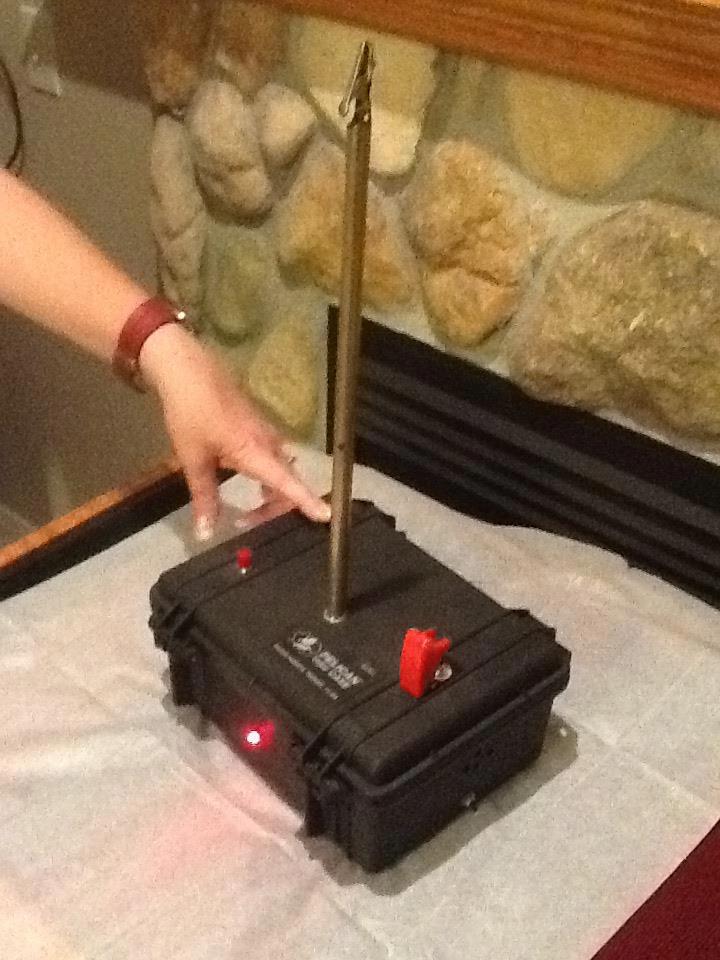
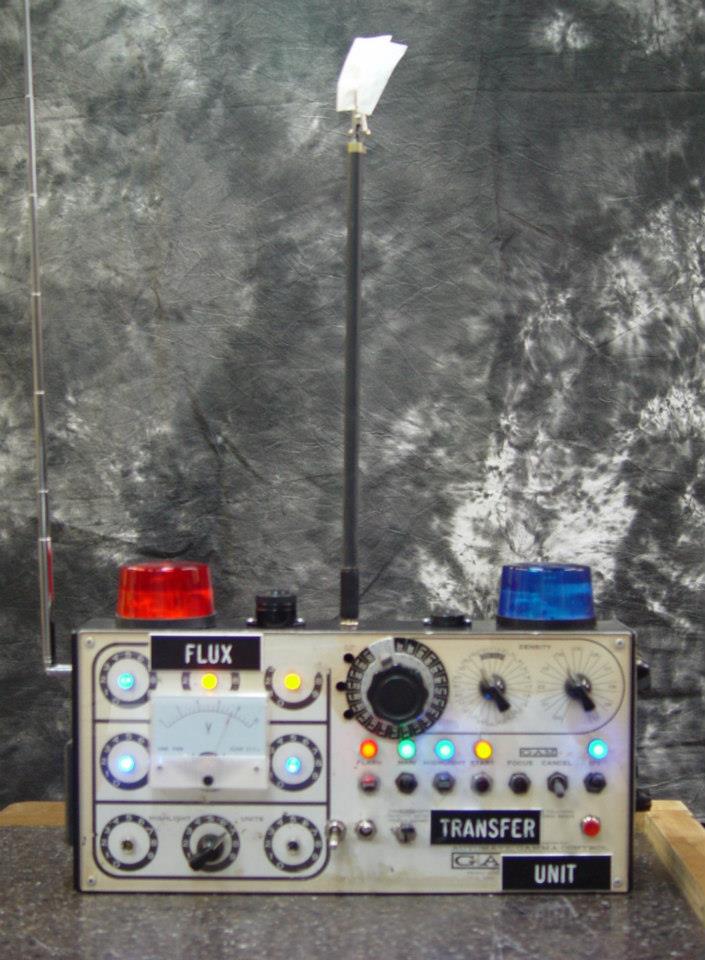
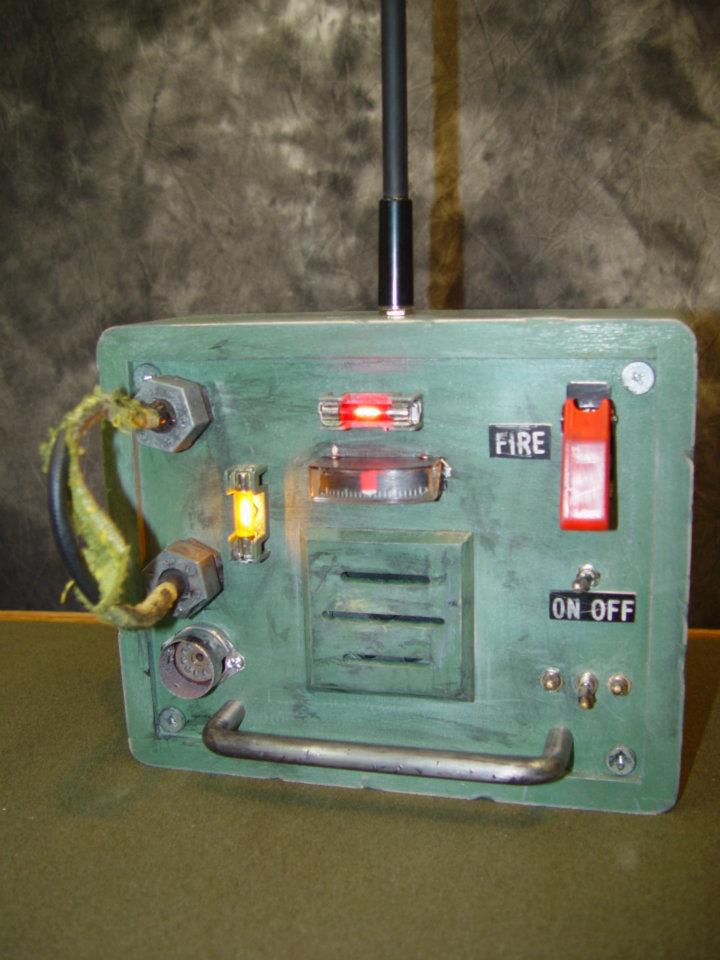
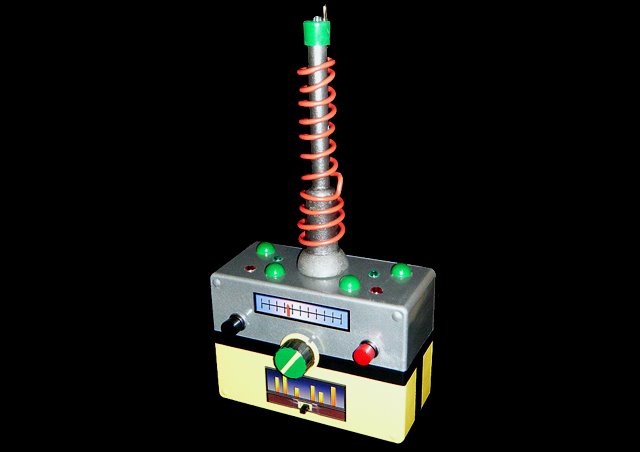
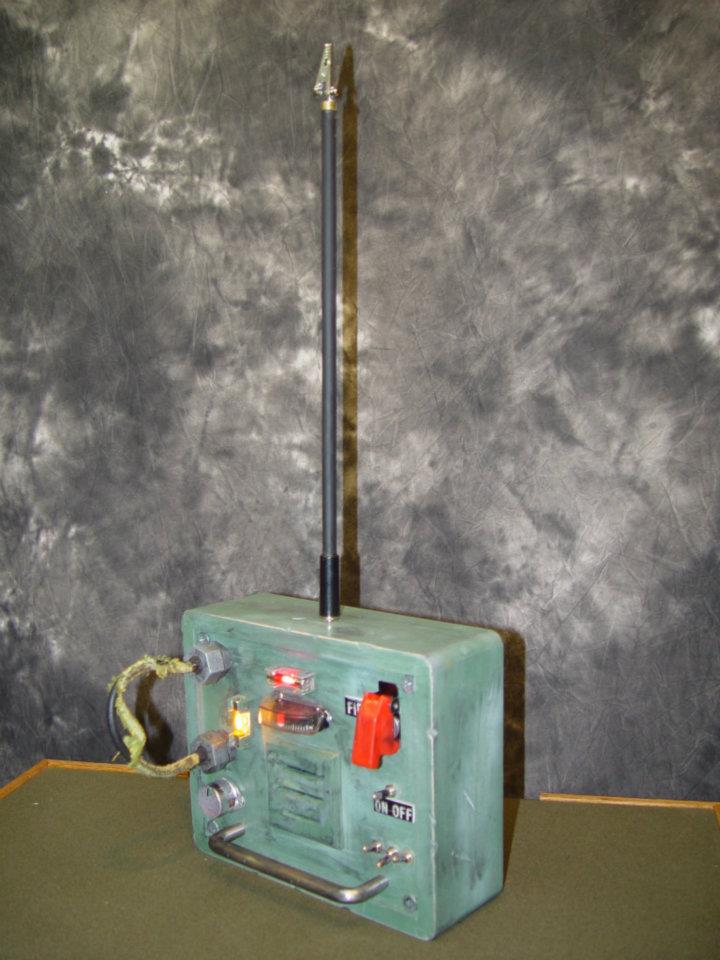
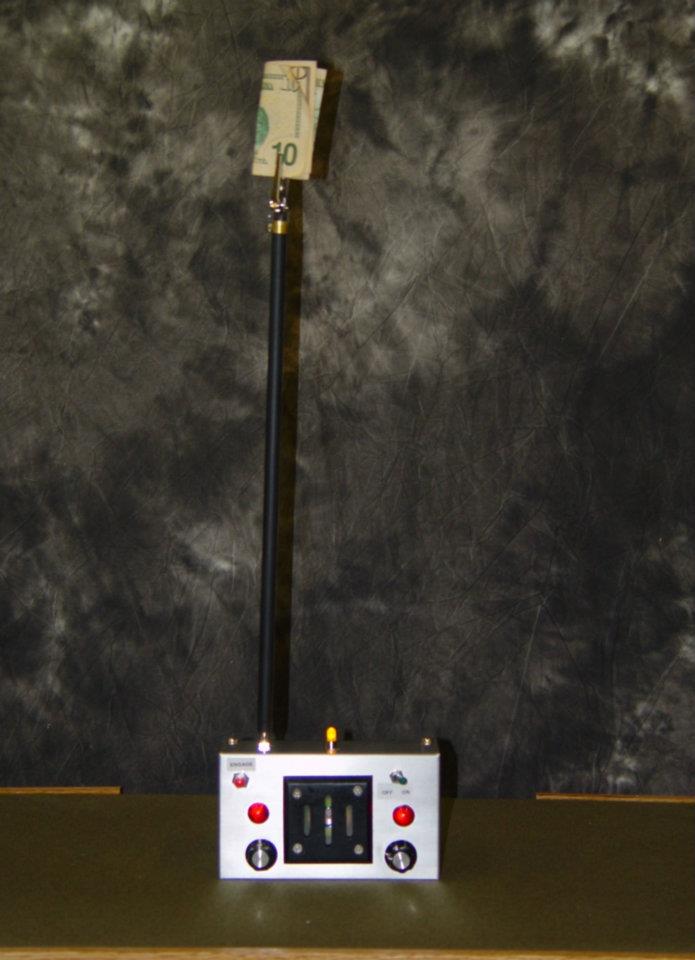
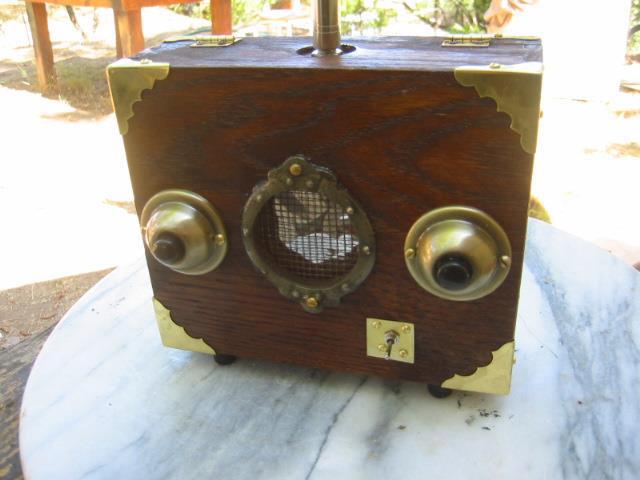
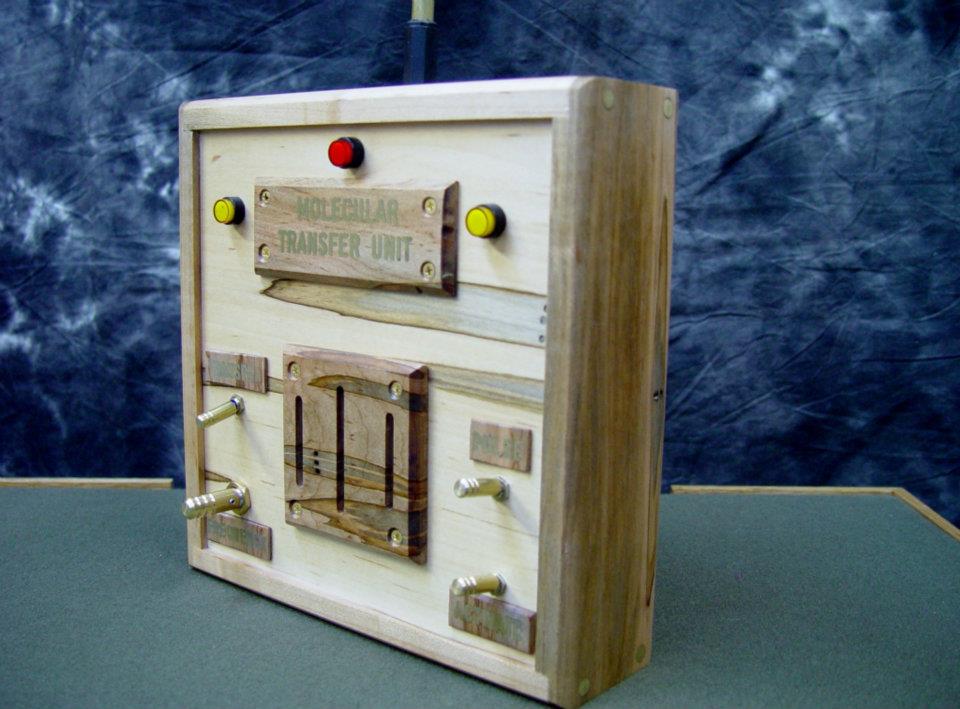
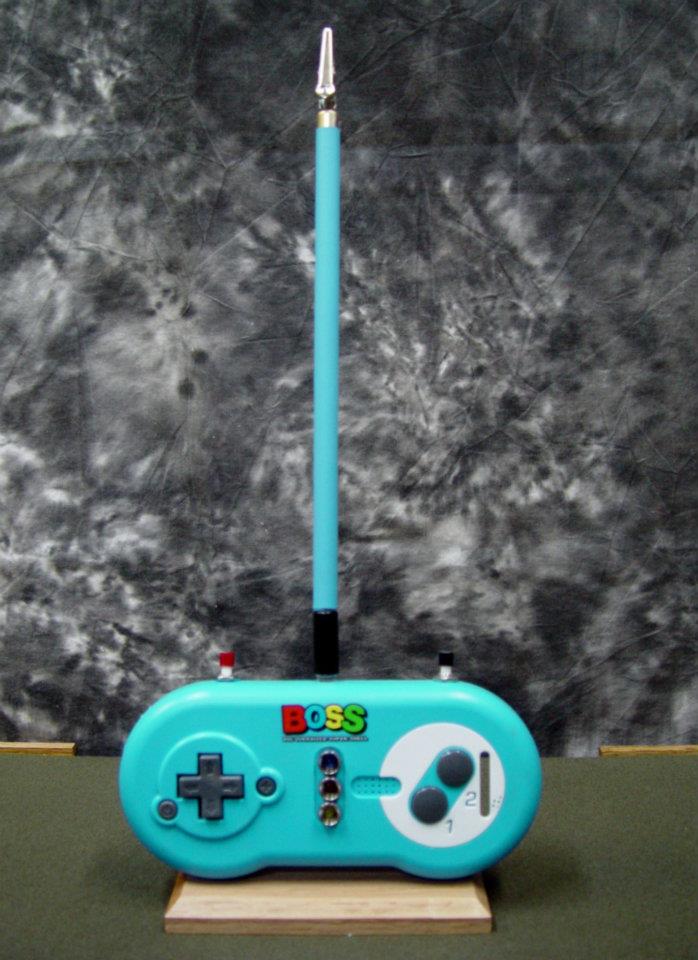
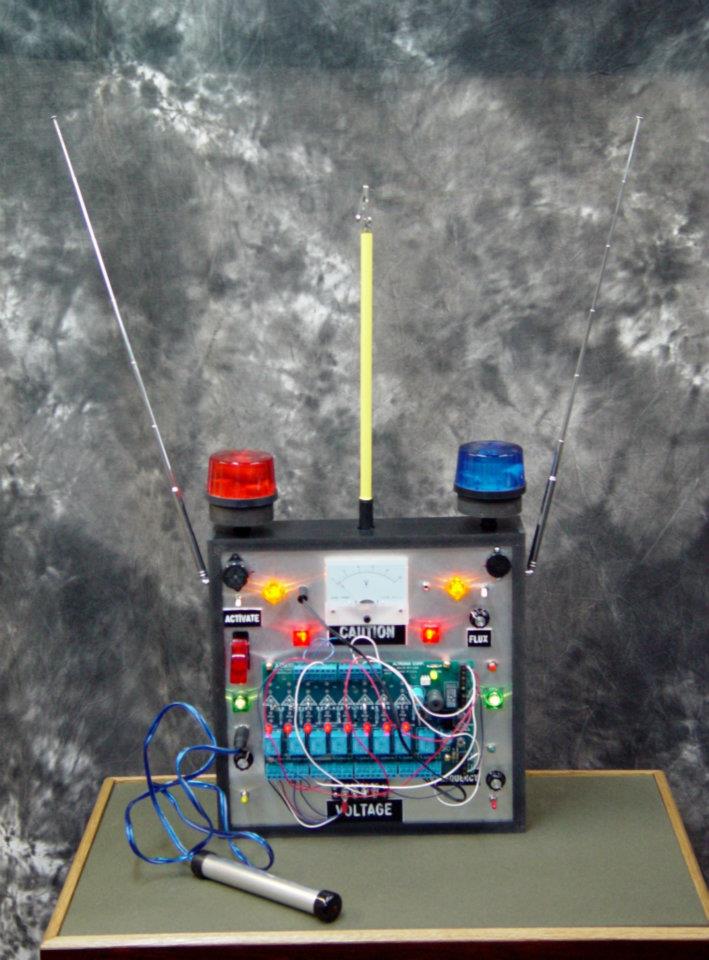
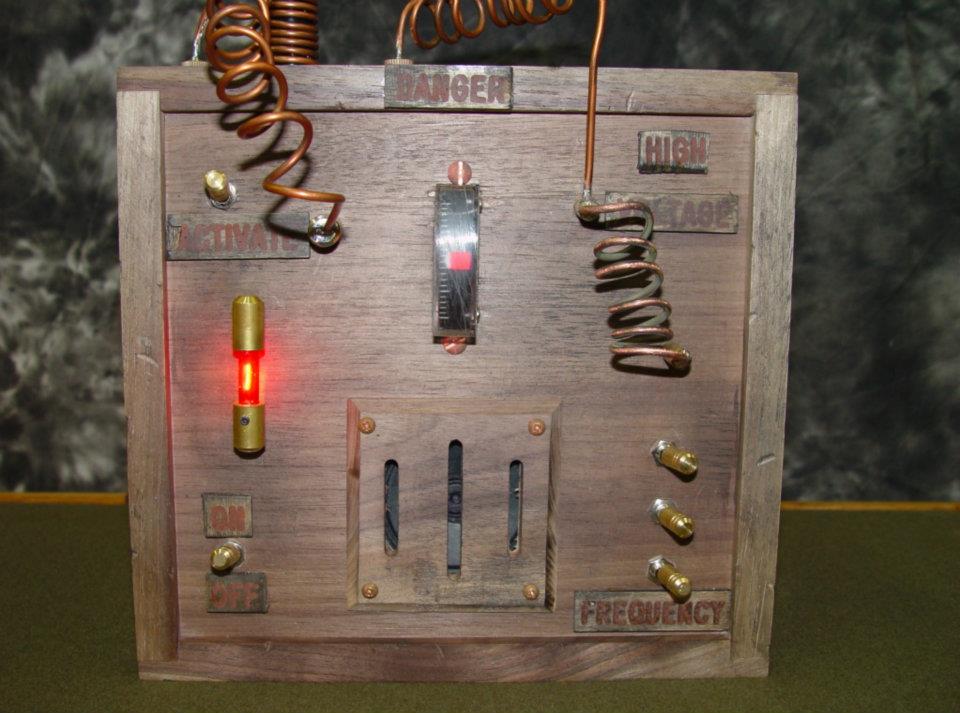
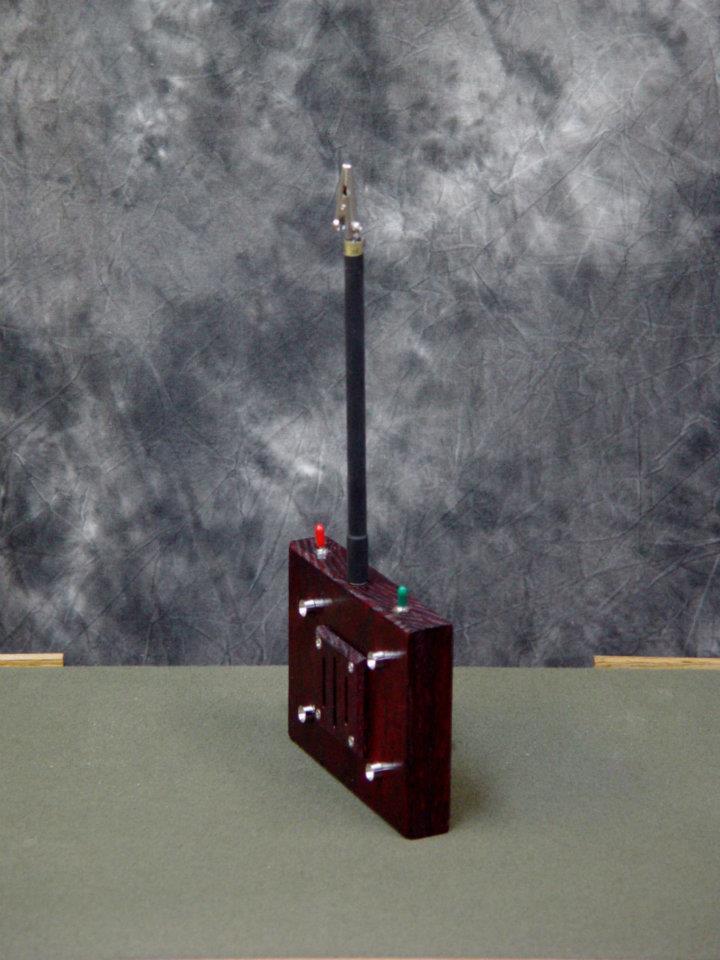
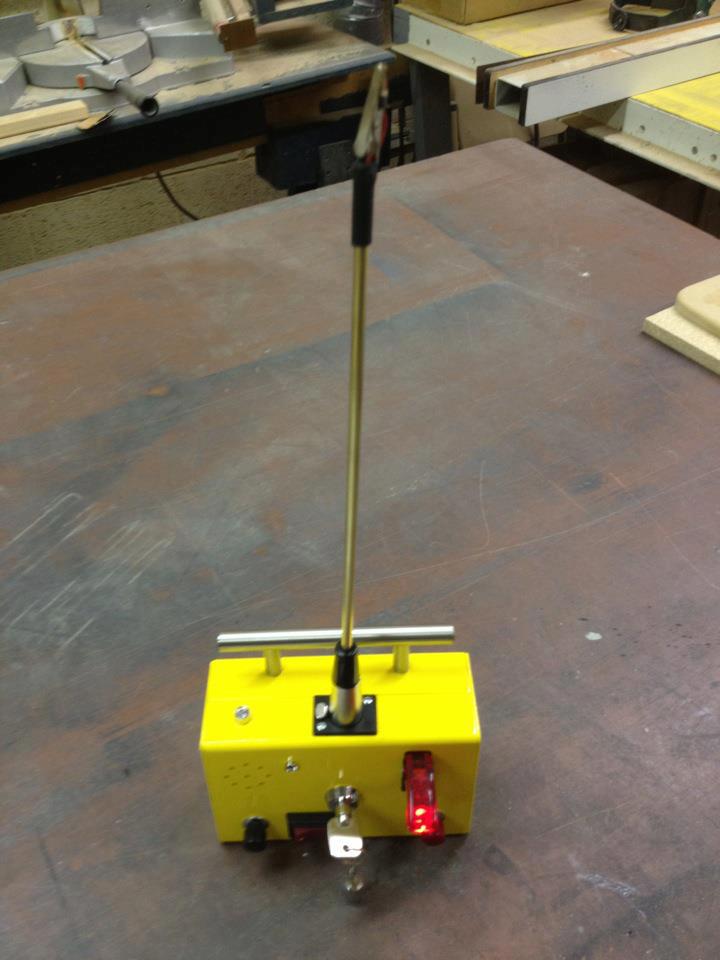
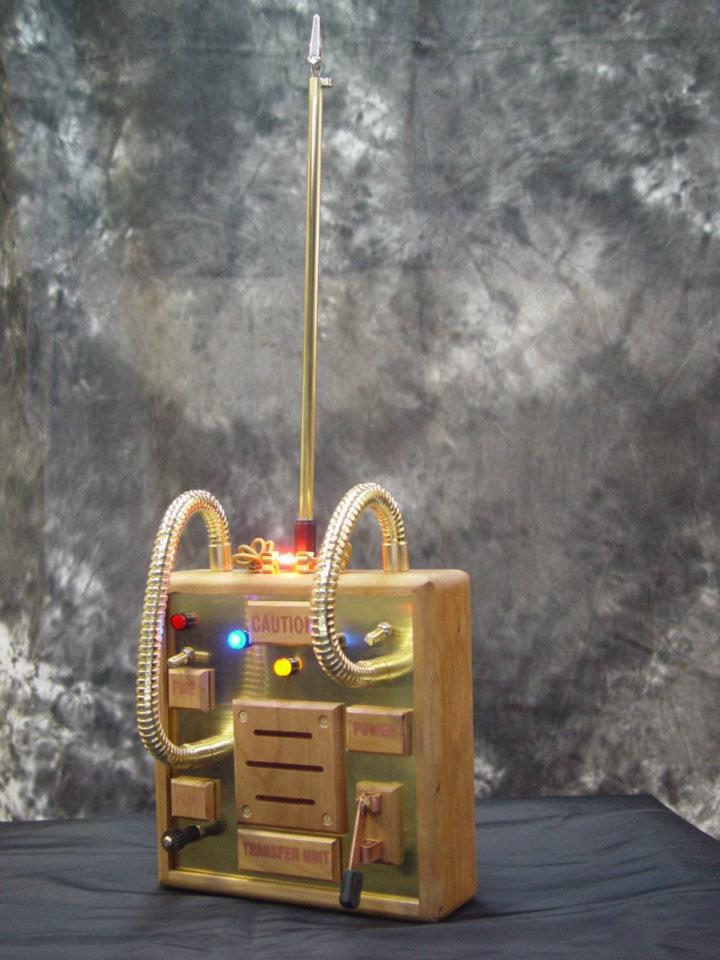
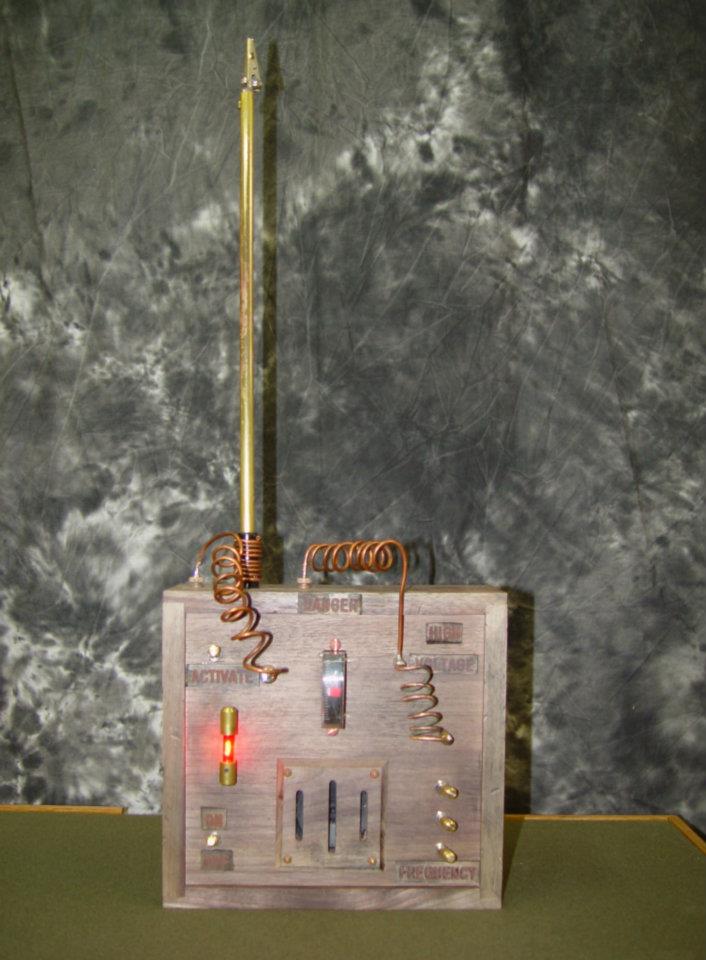
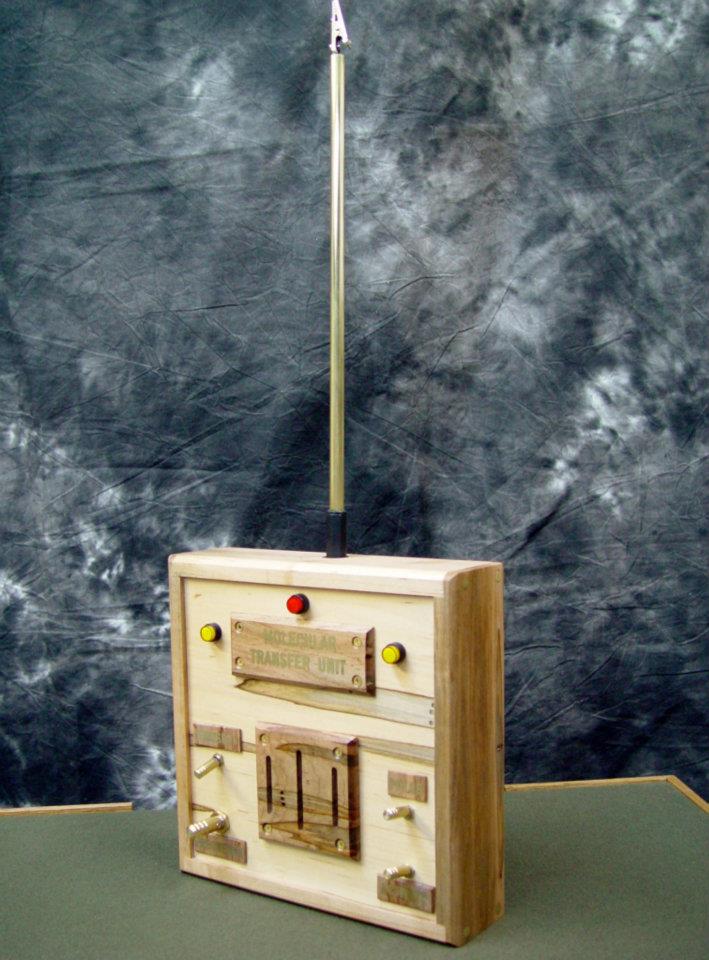
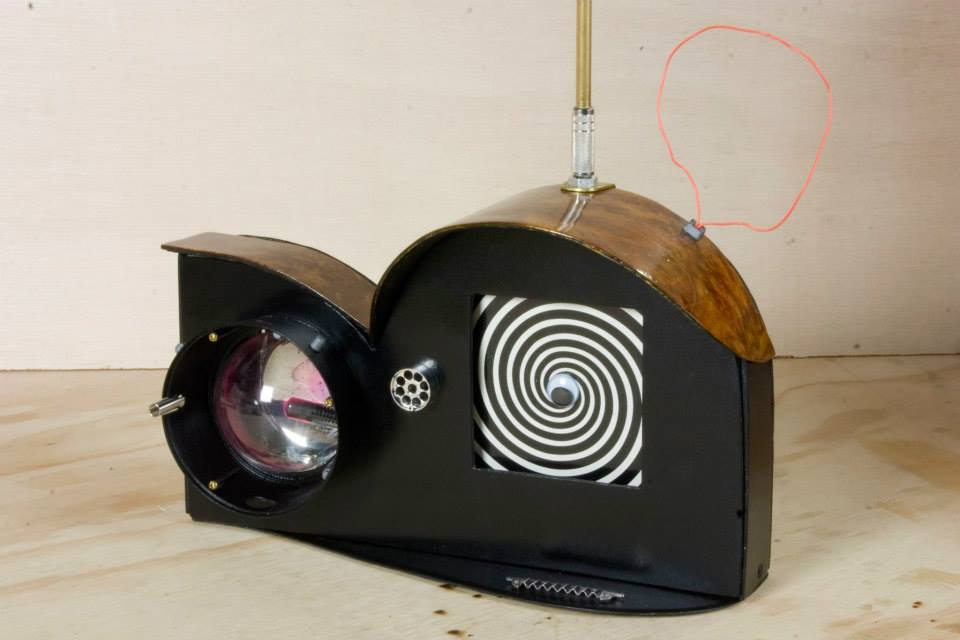
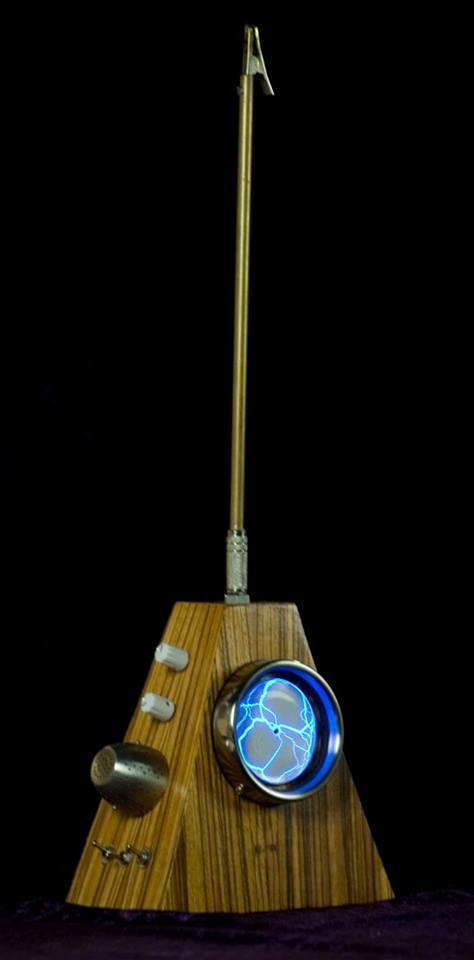
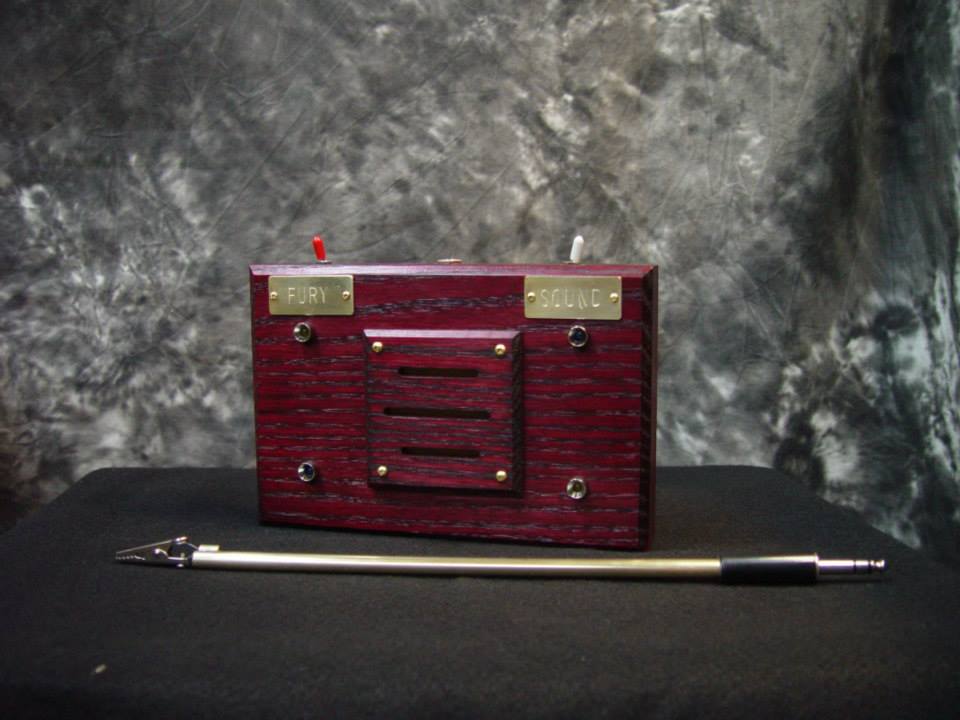
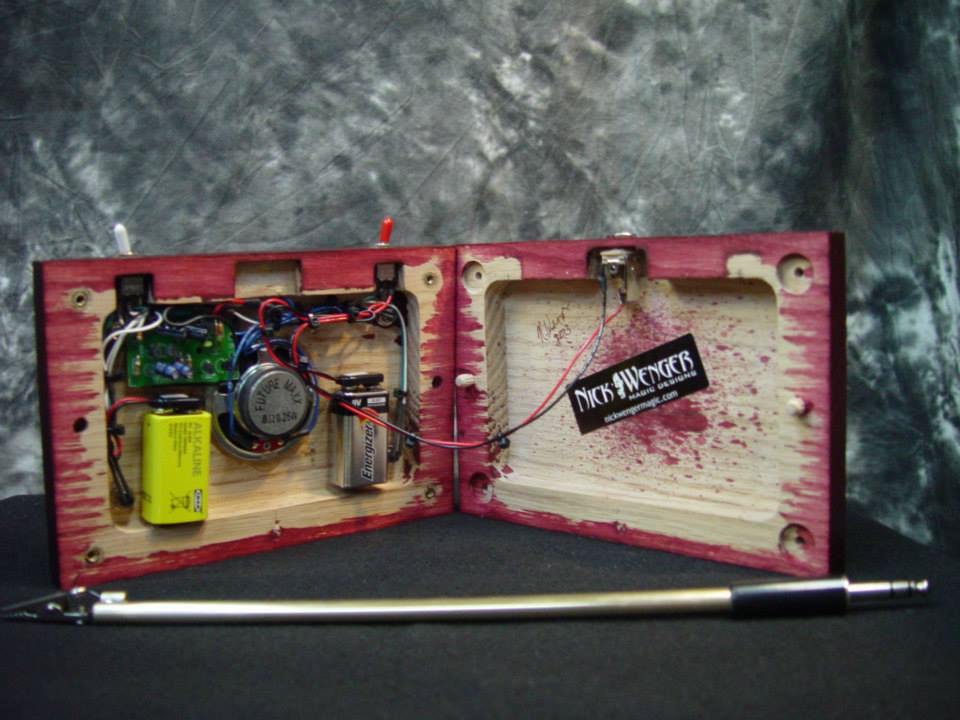
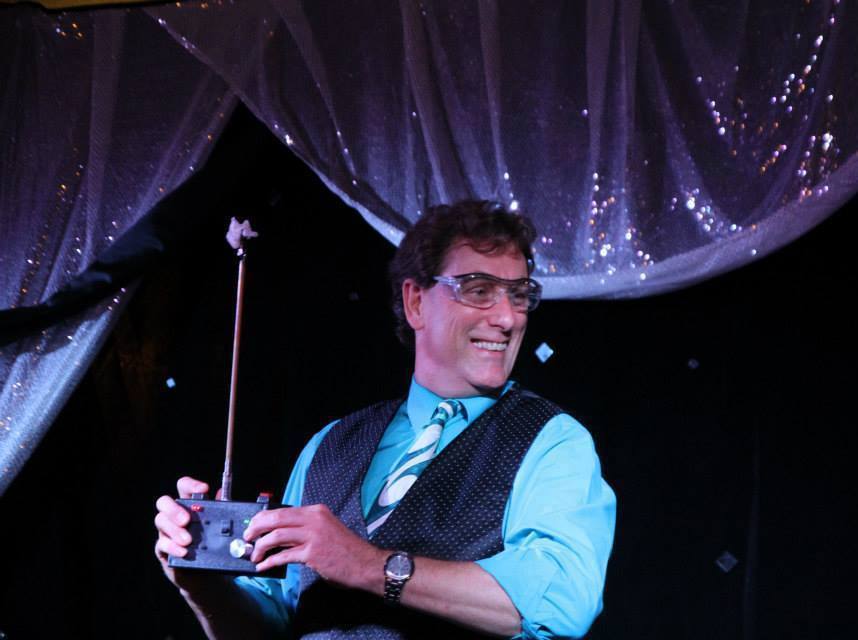

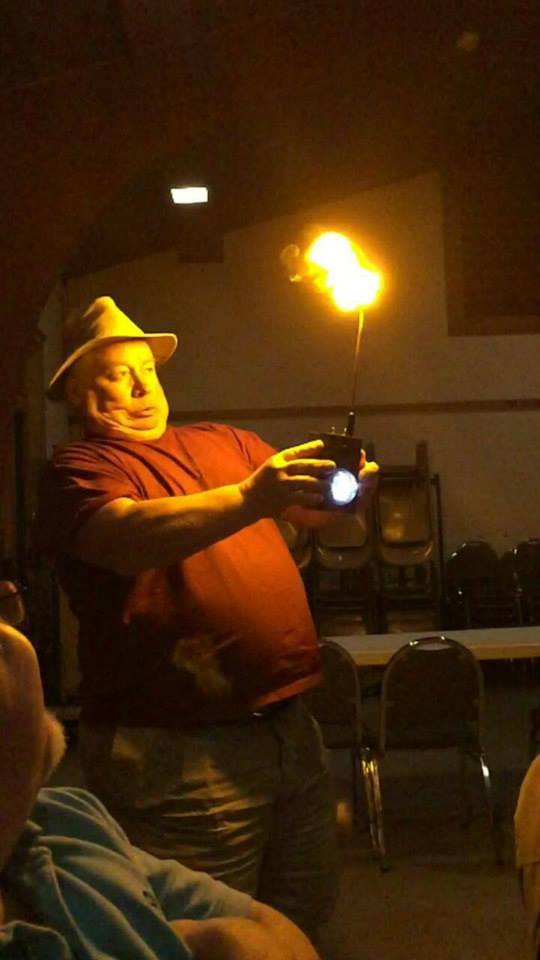
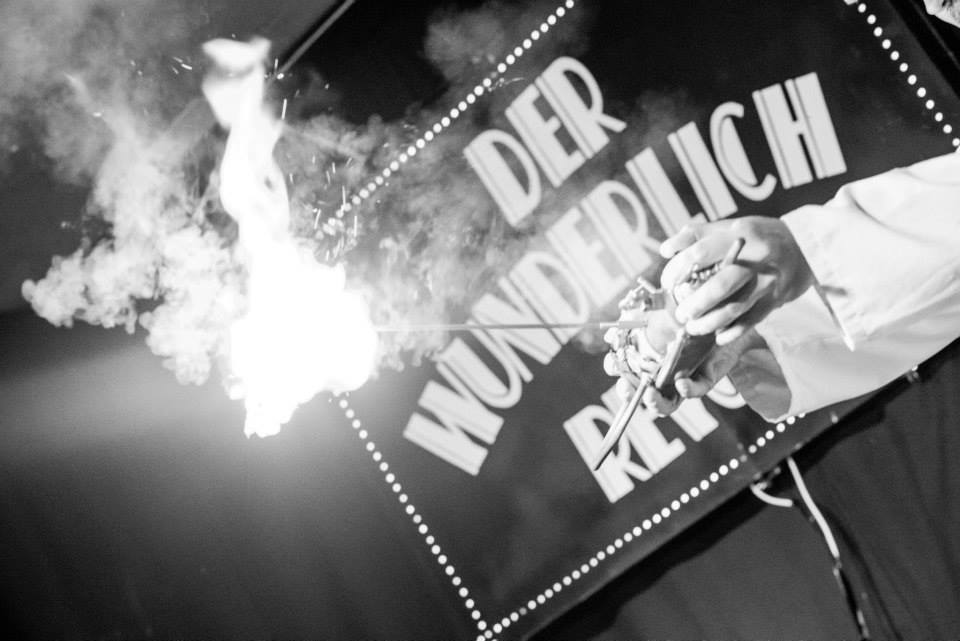
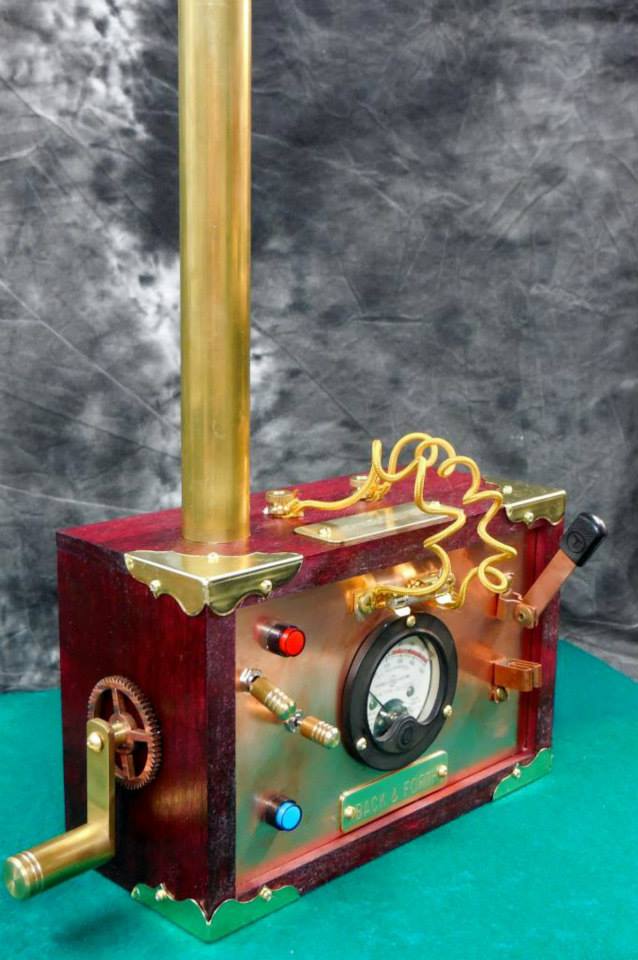
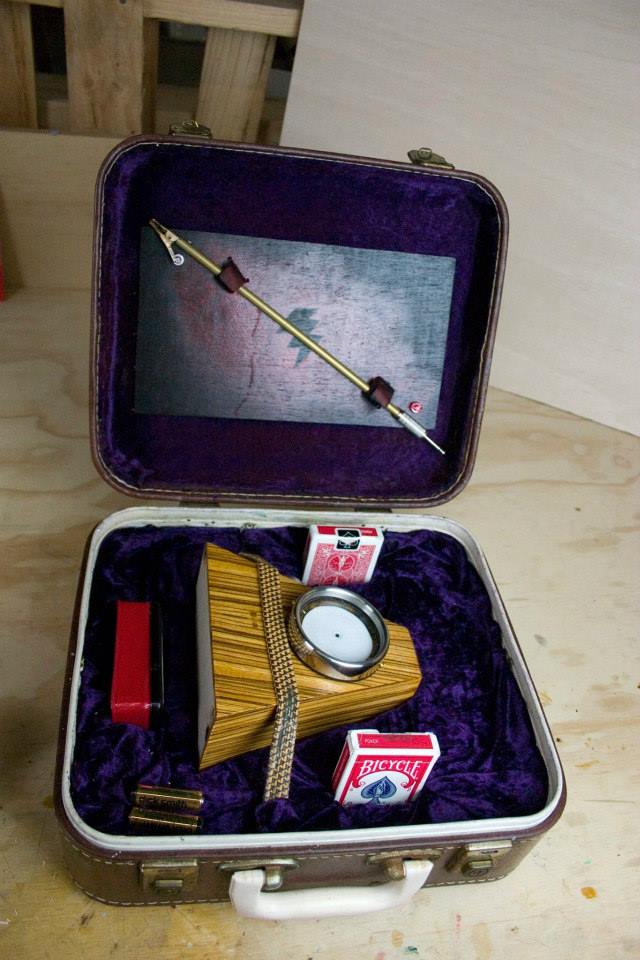
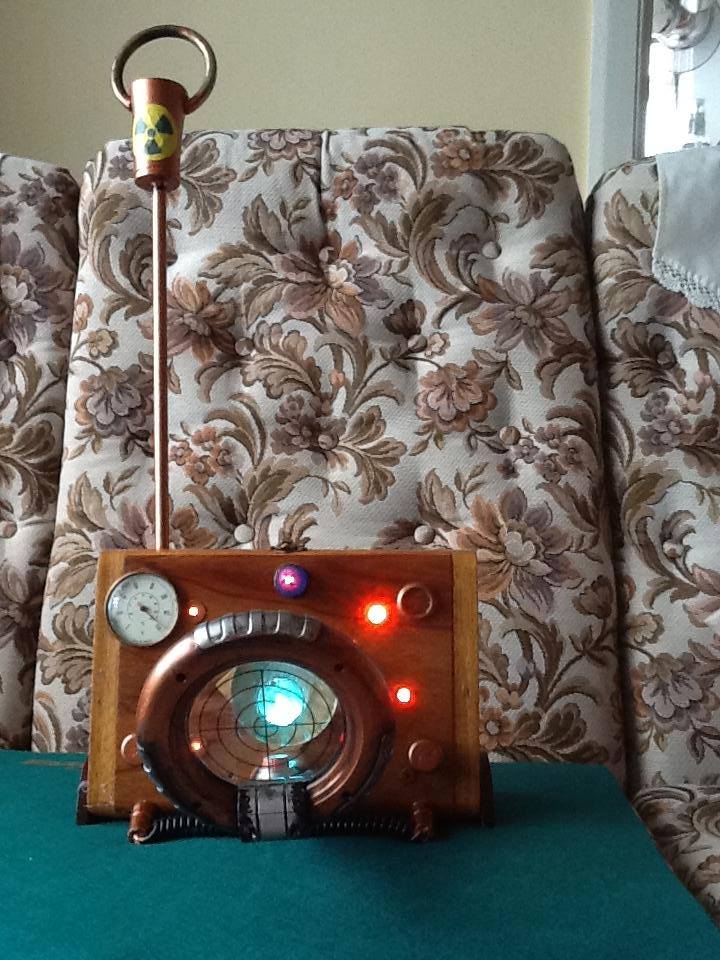
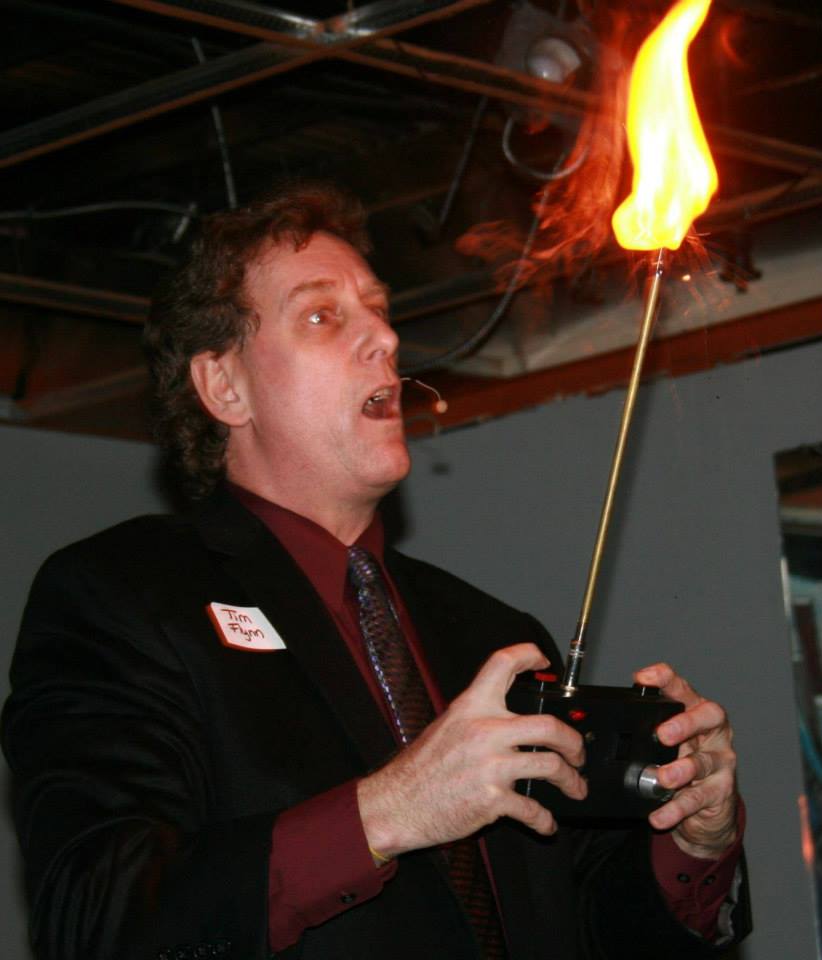
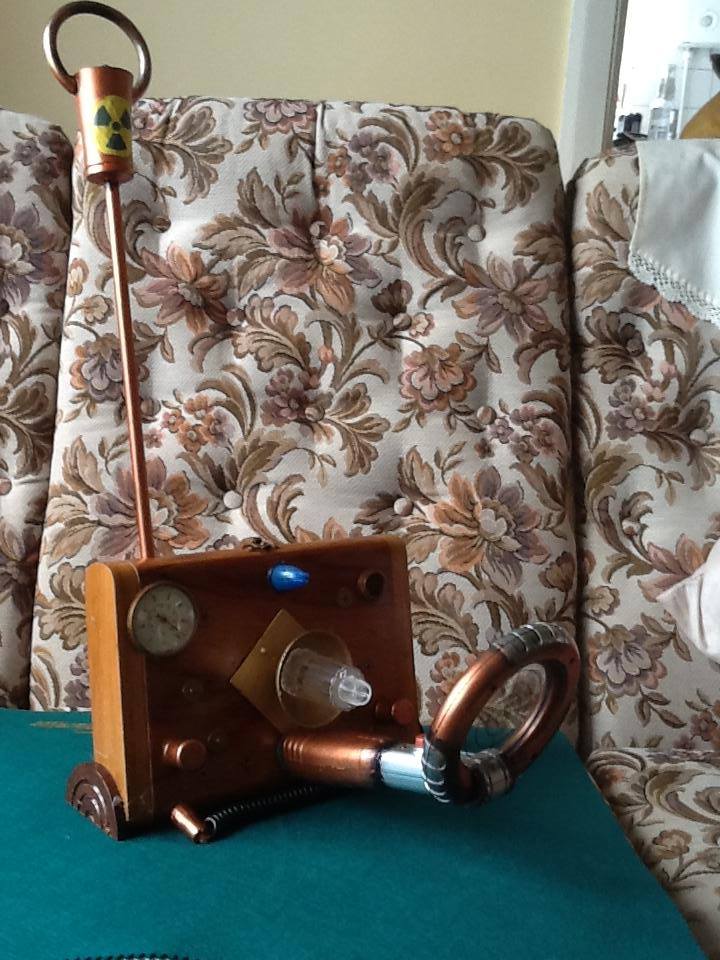
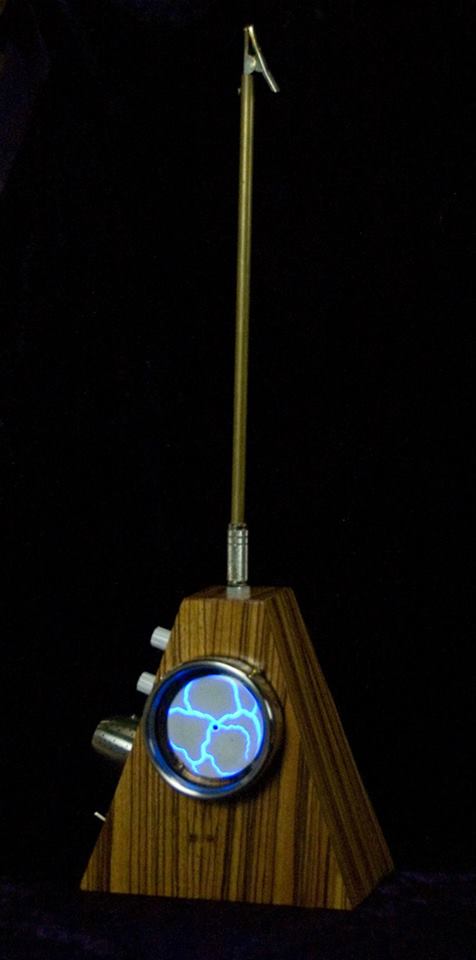
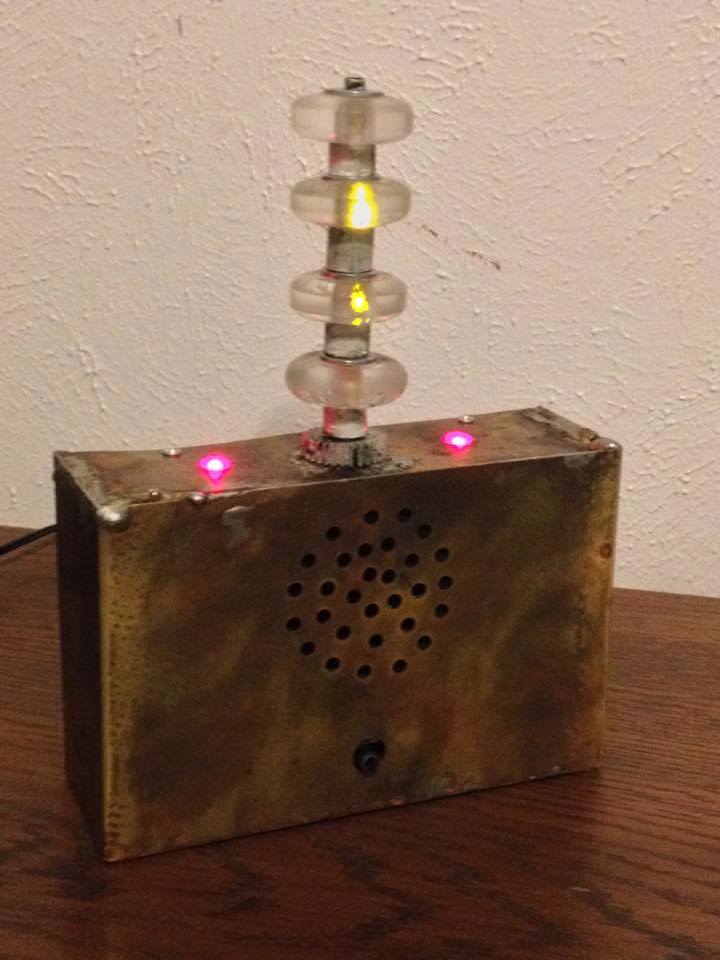
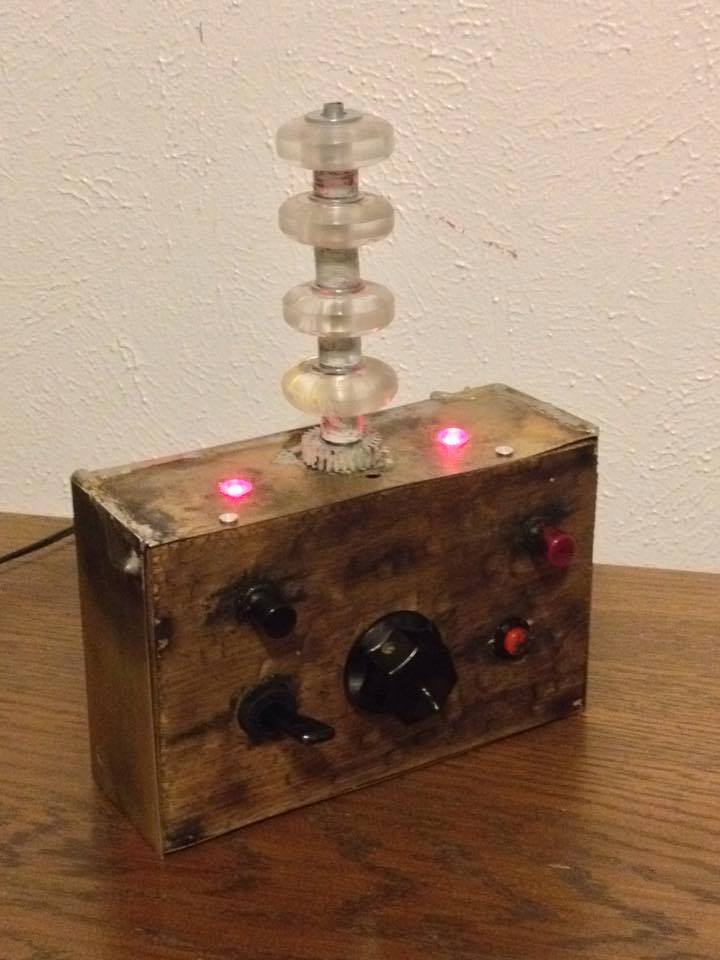
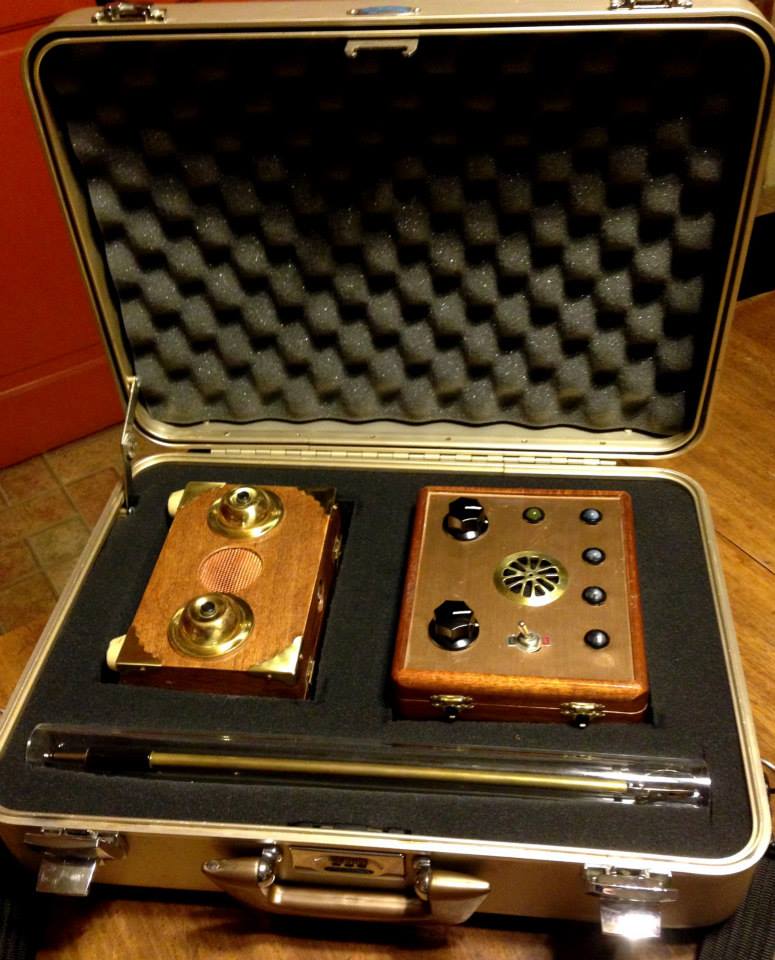
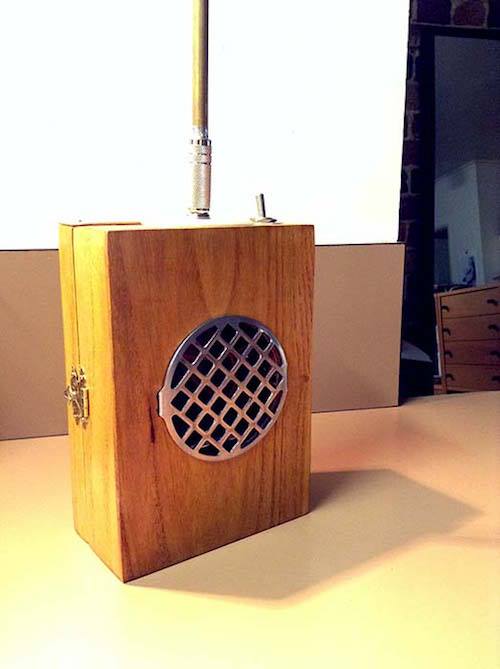
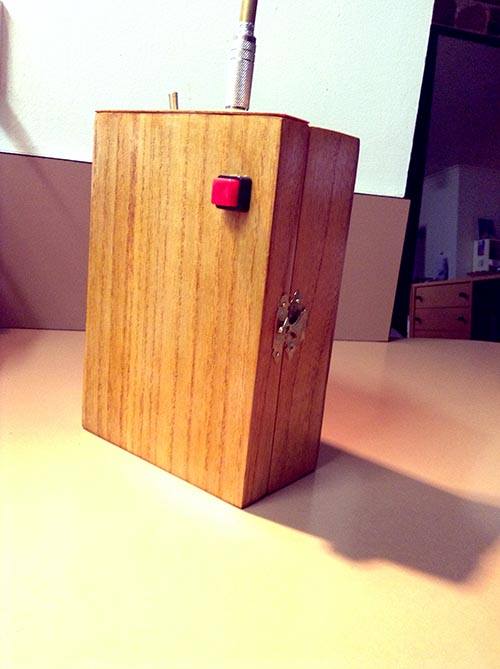
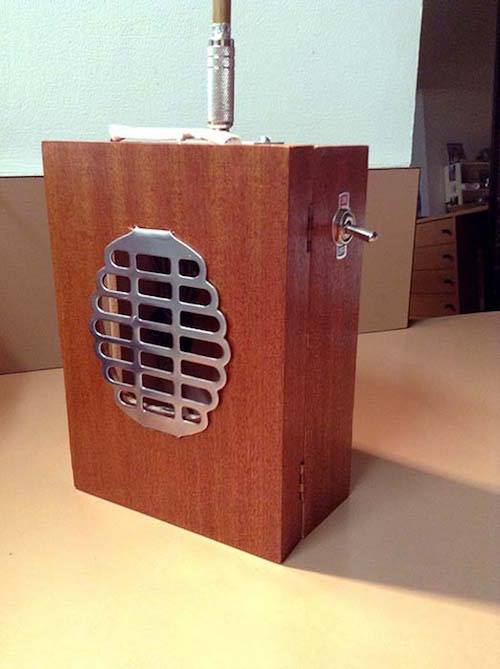
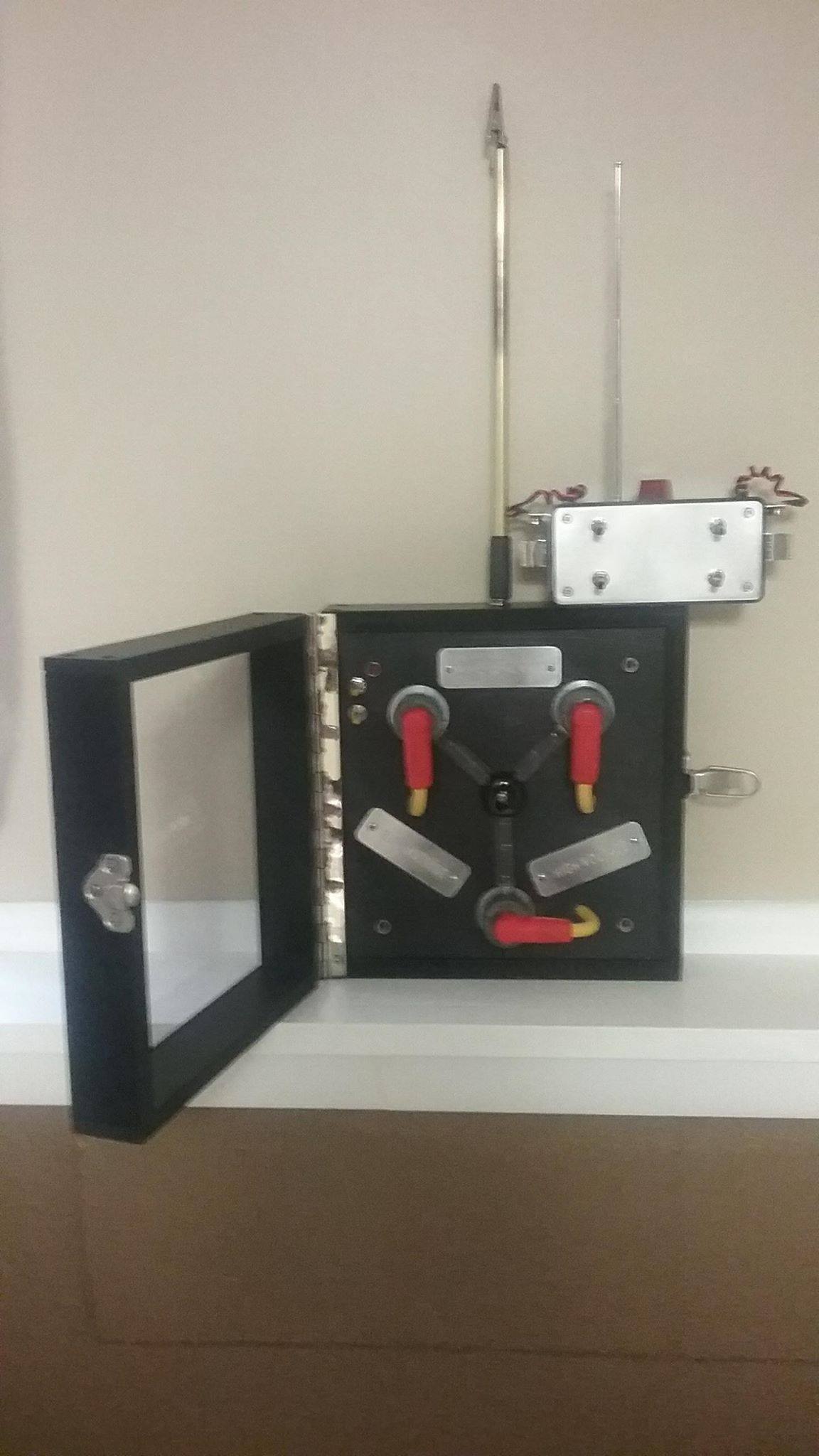
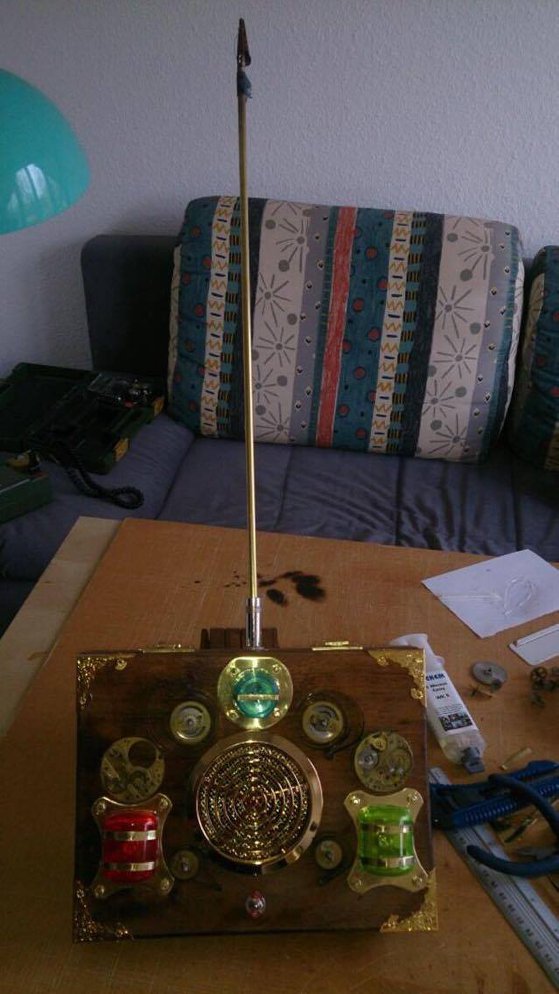
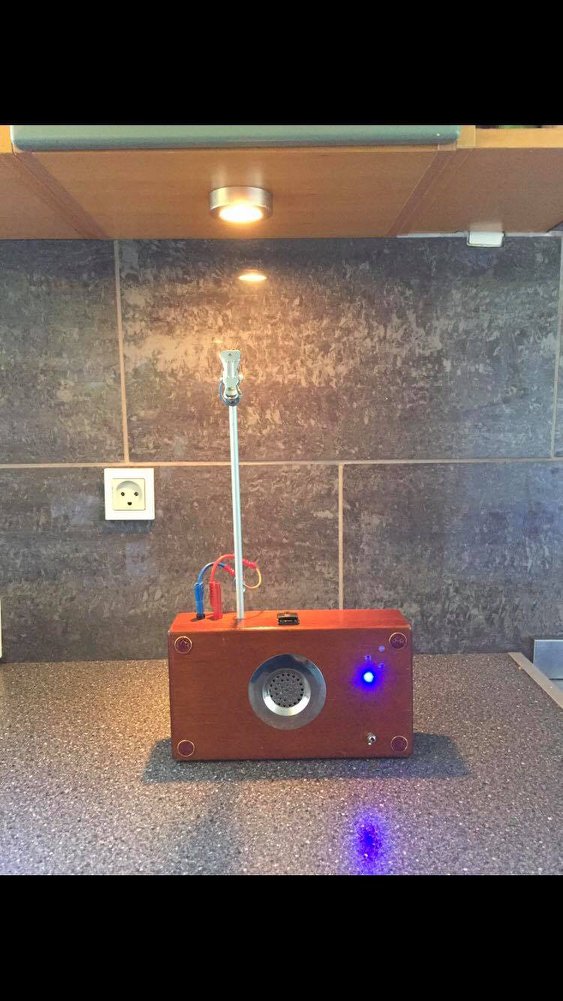
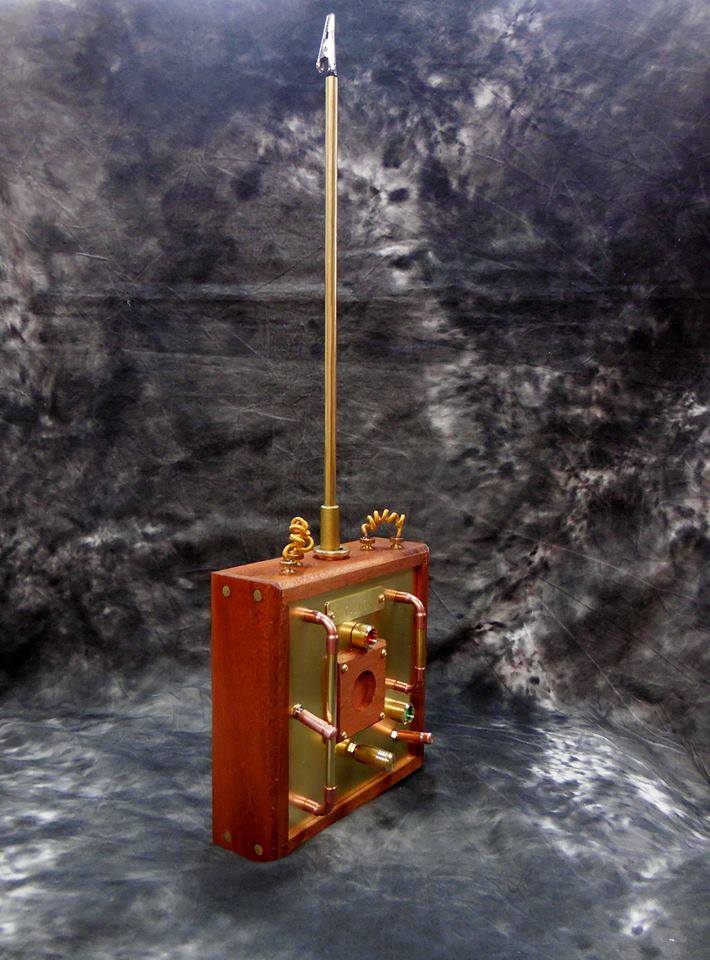
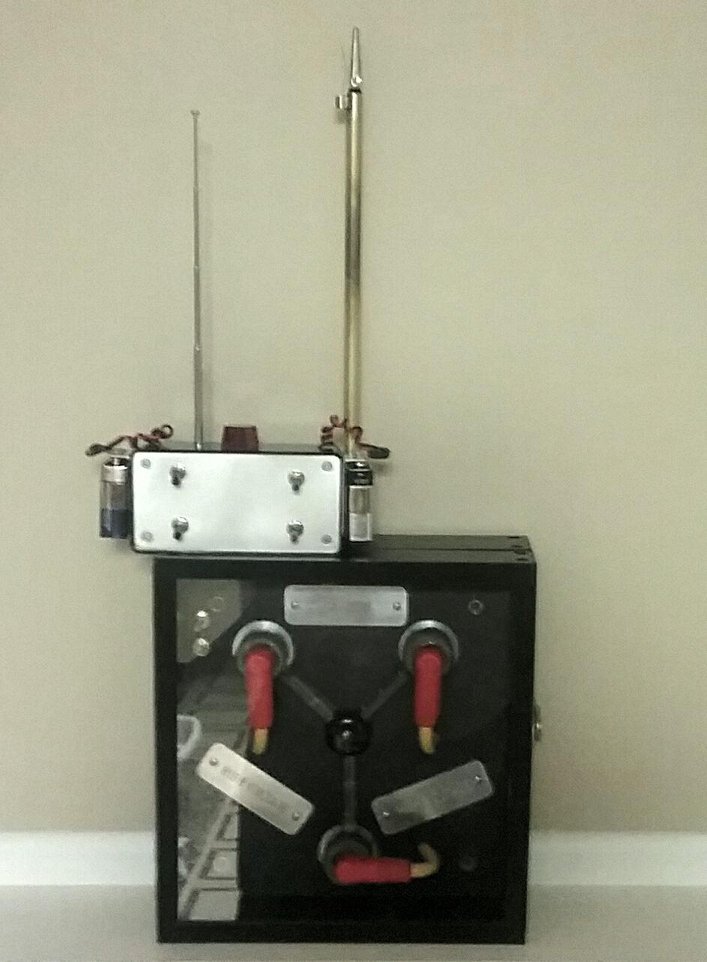
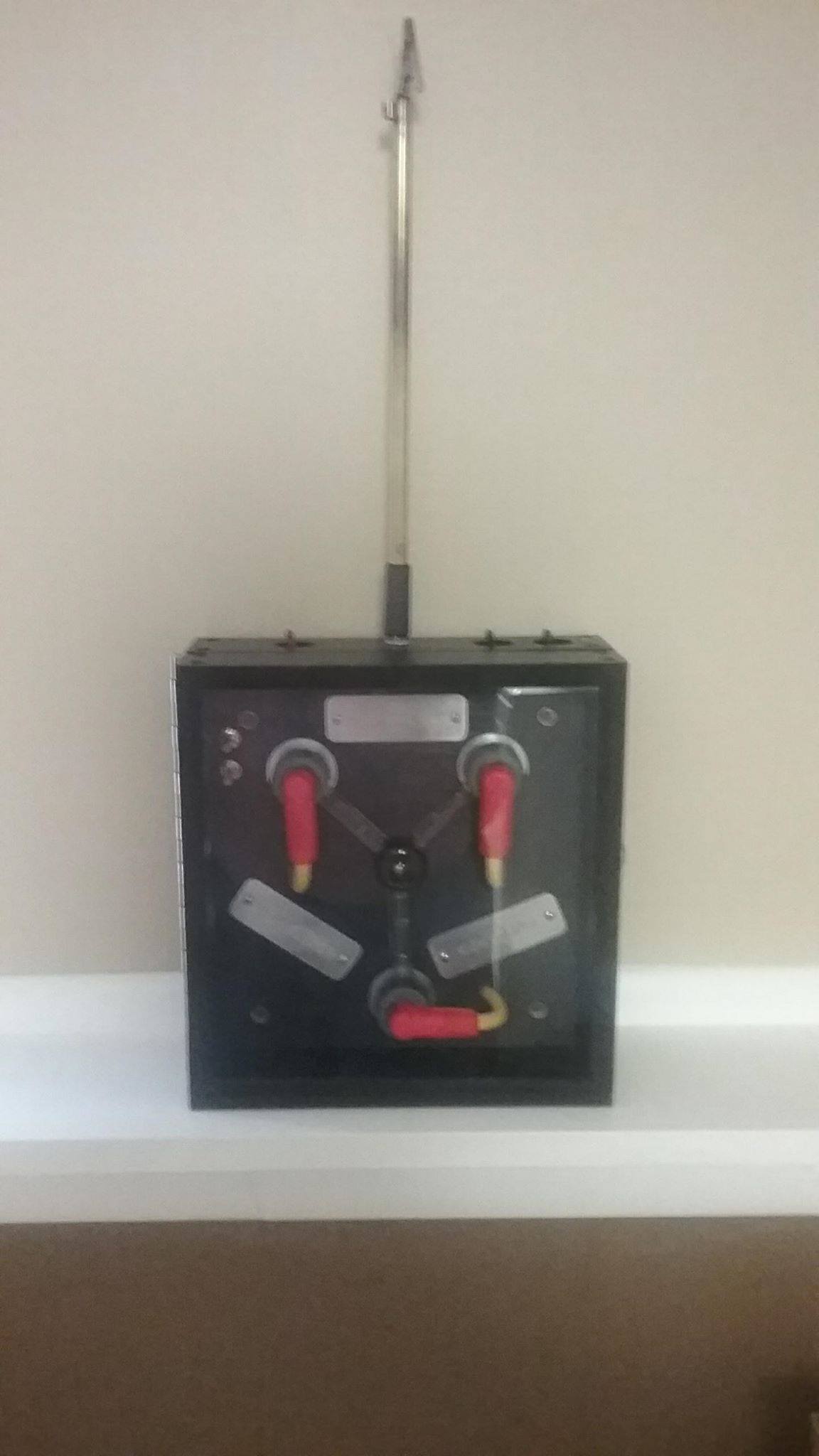
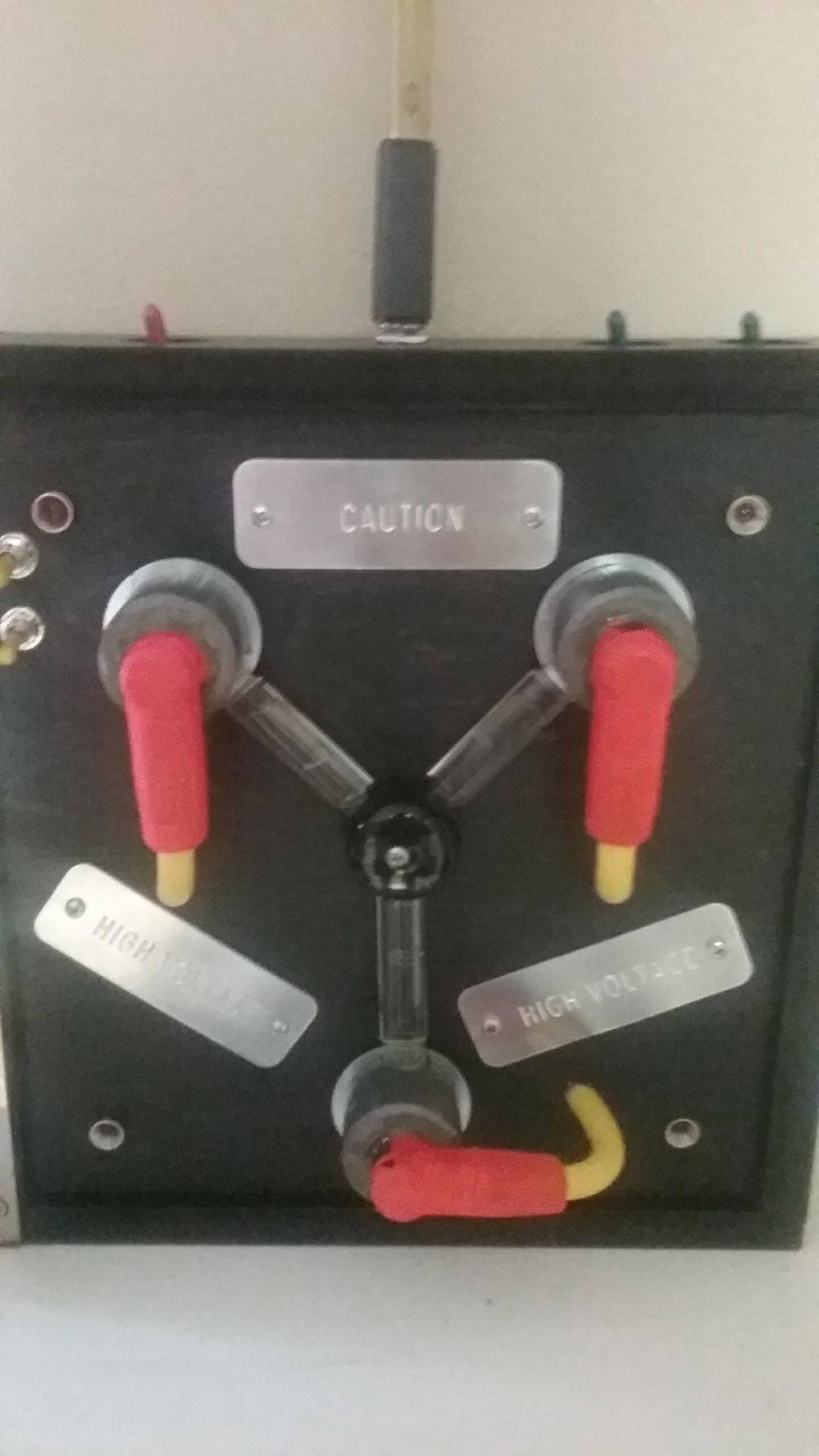
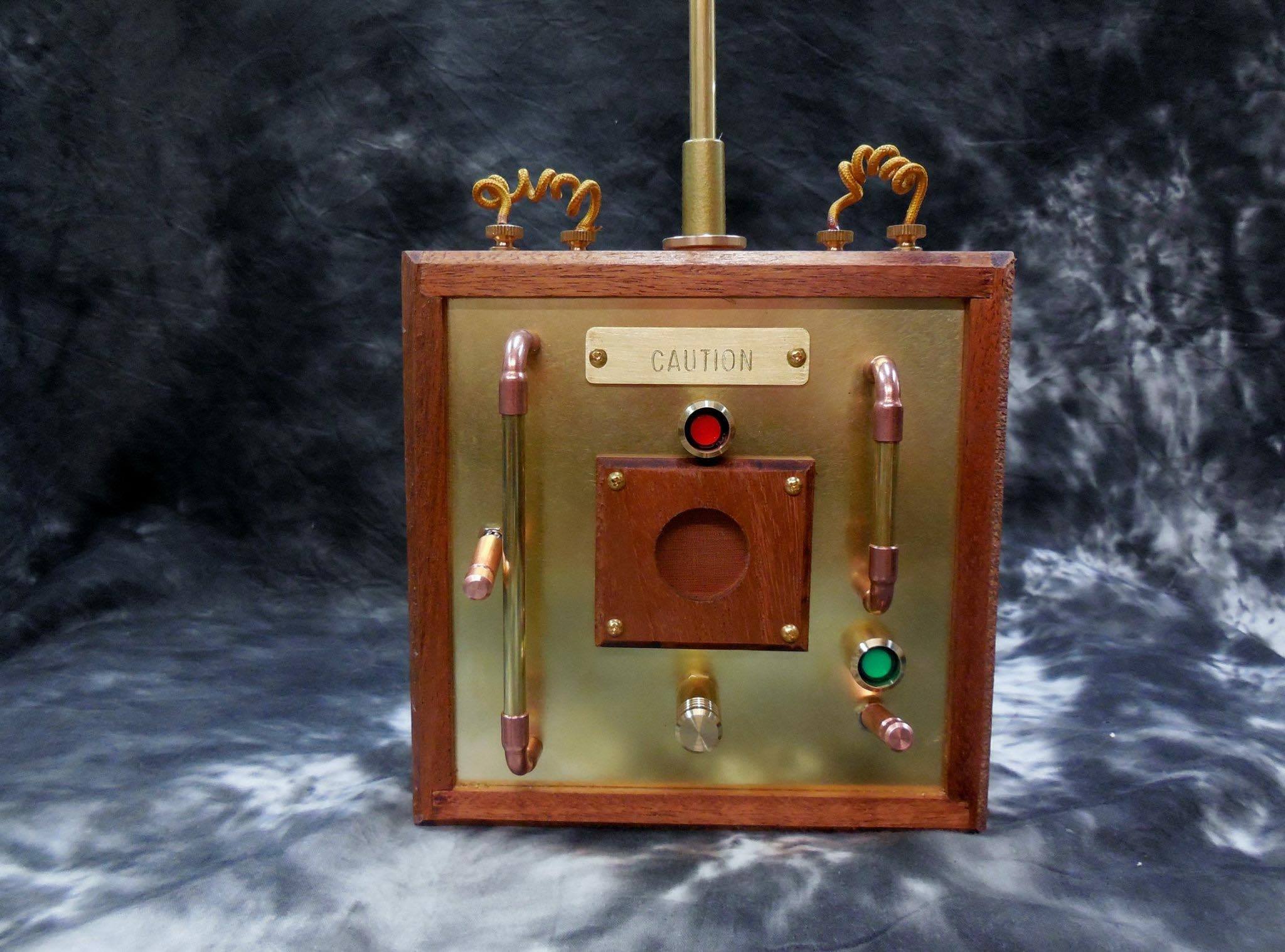
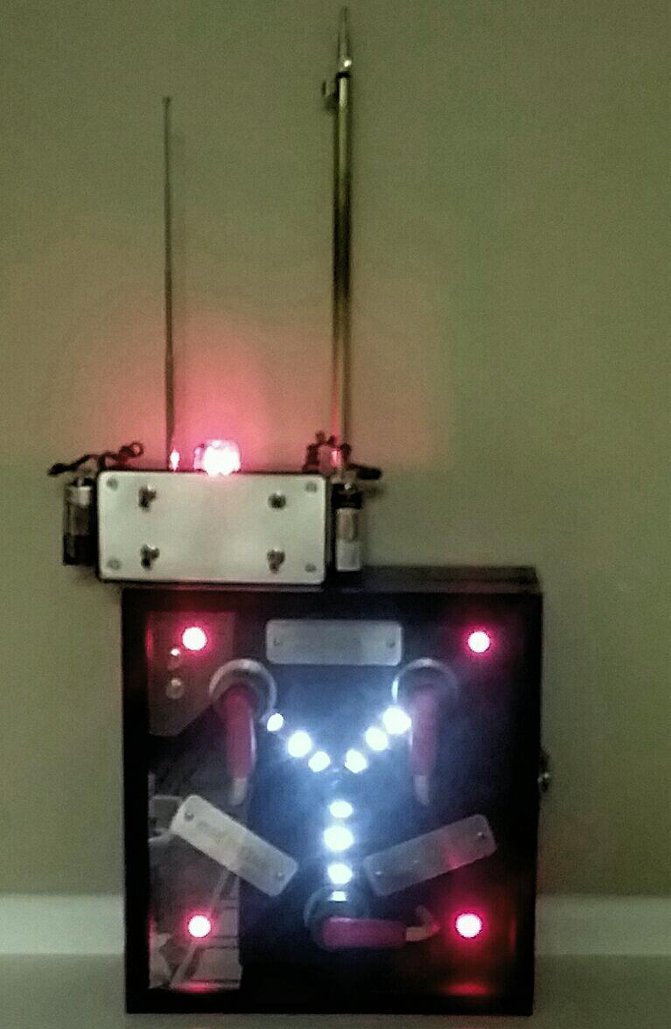
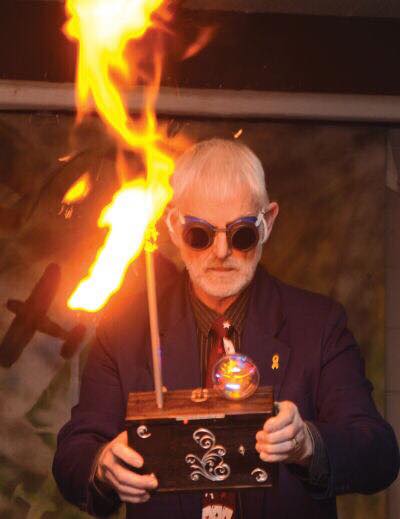
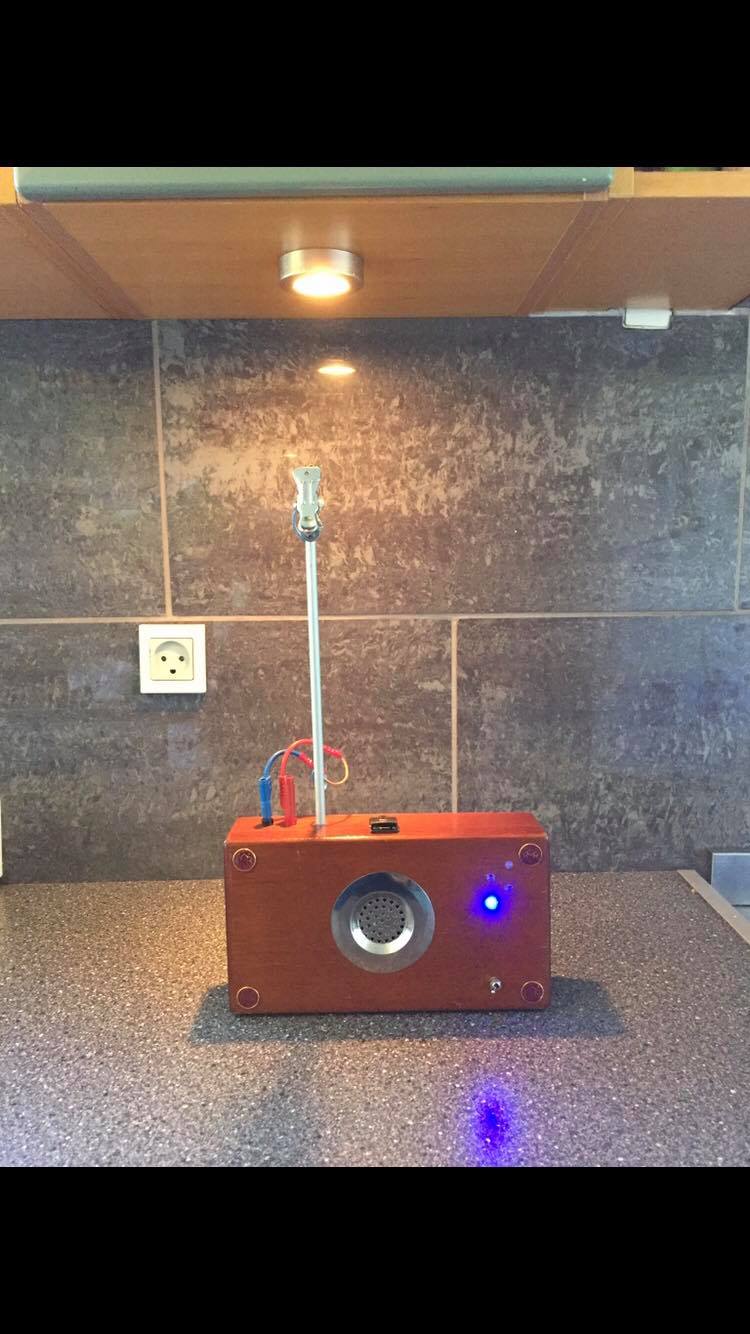
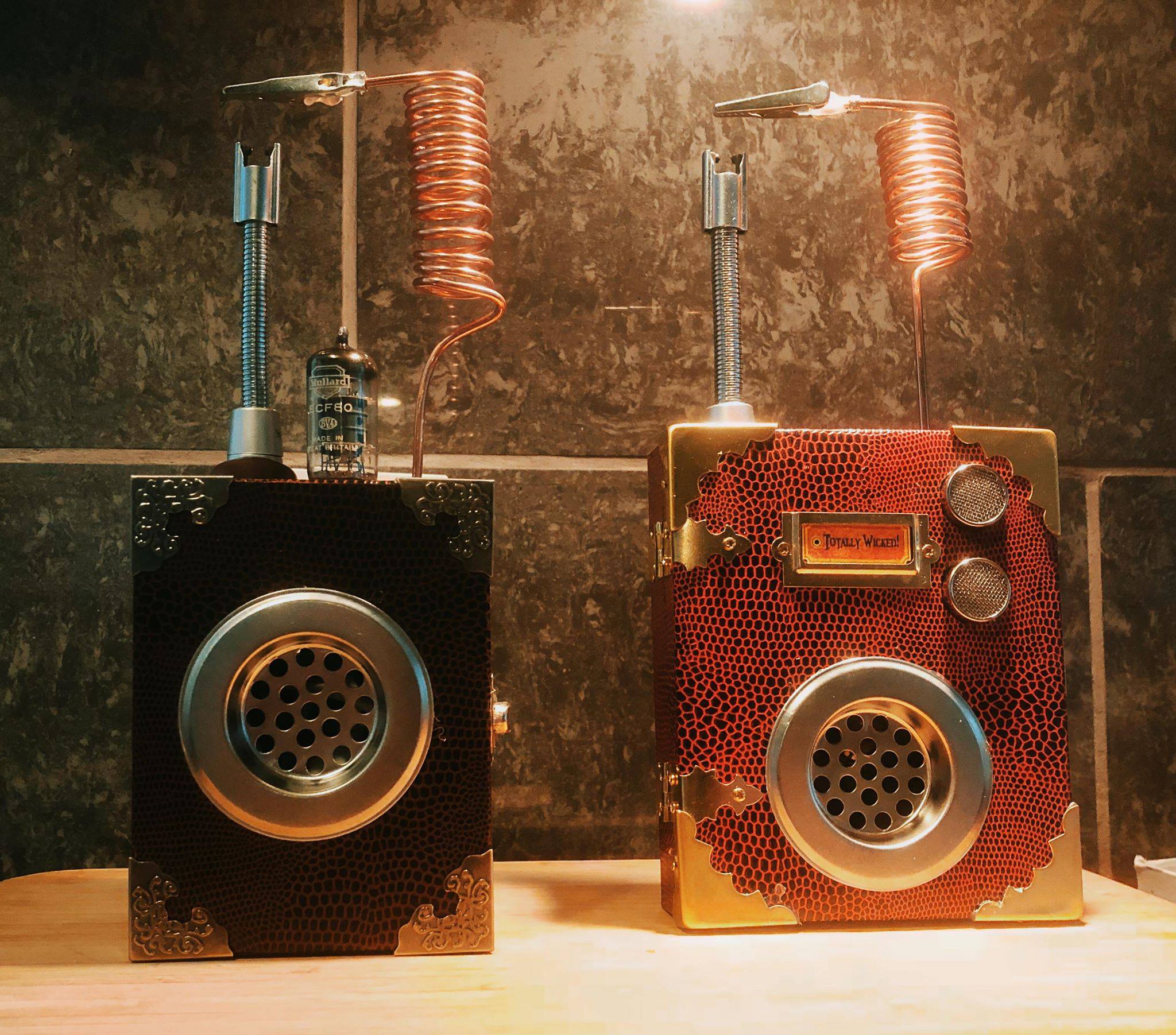
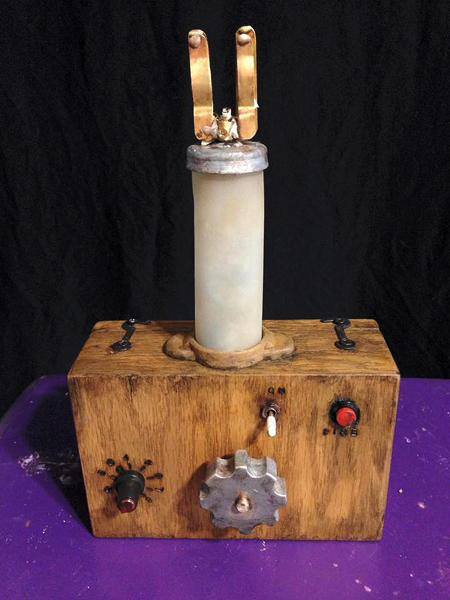
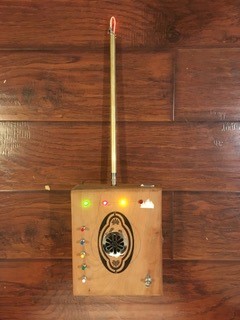
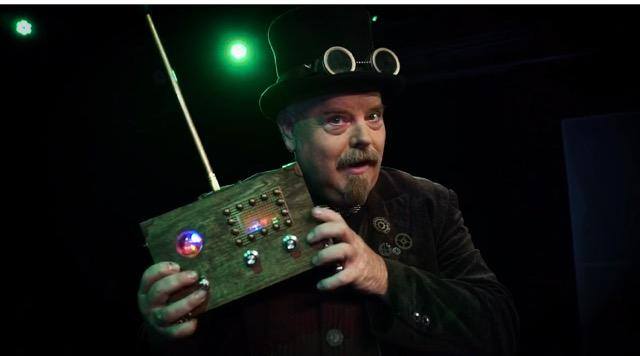
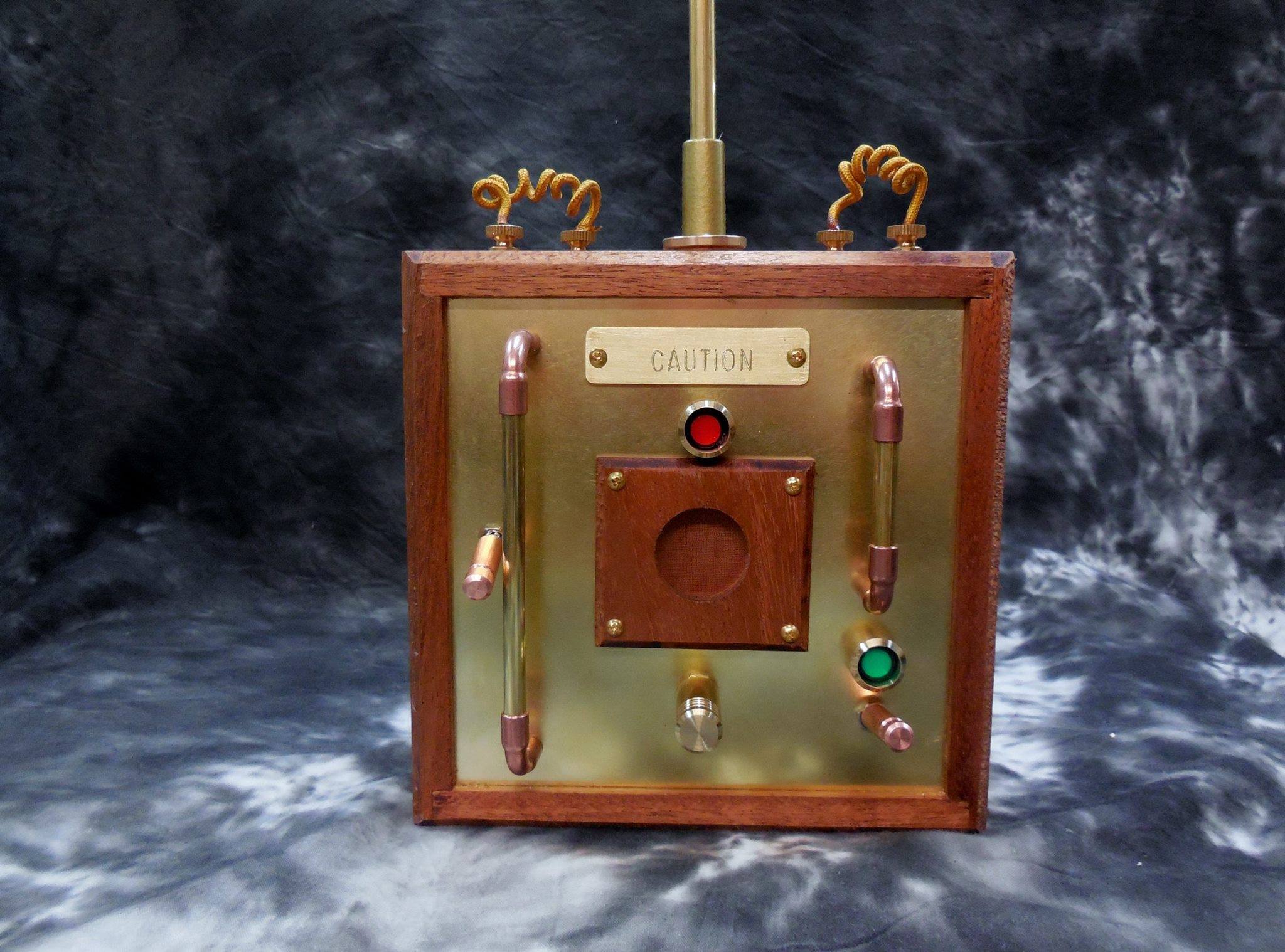


Reblogged this on Pop's Soapbox.
LikeLike